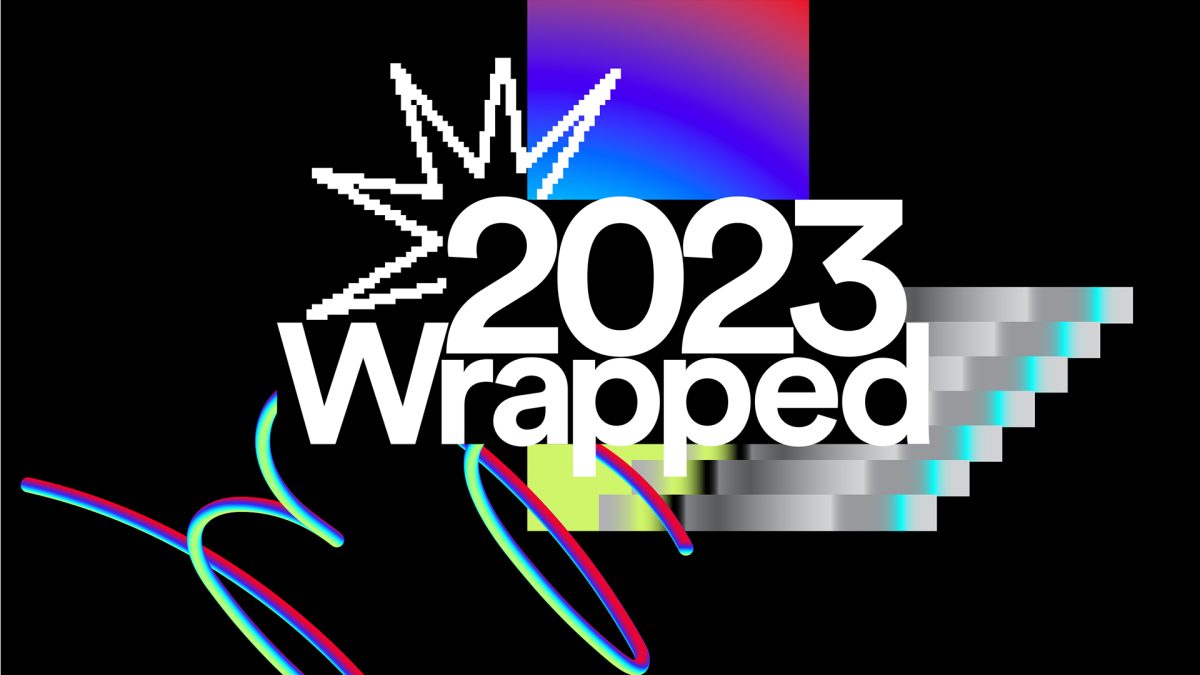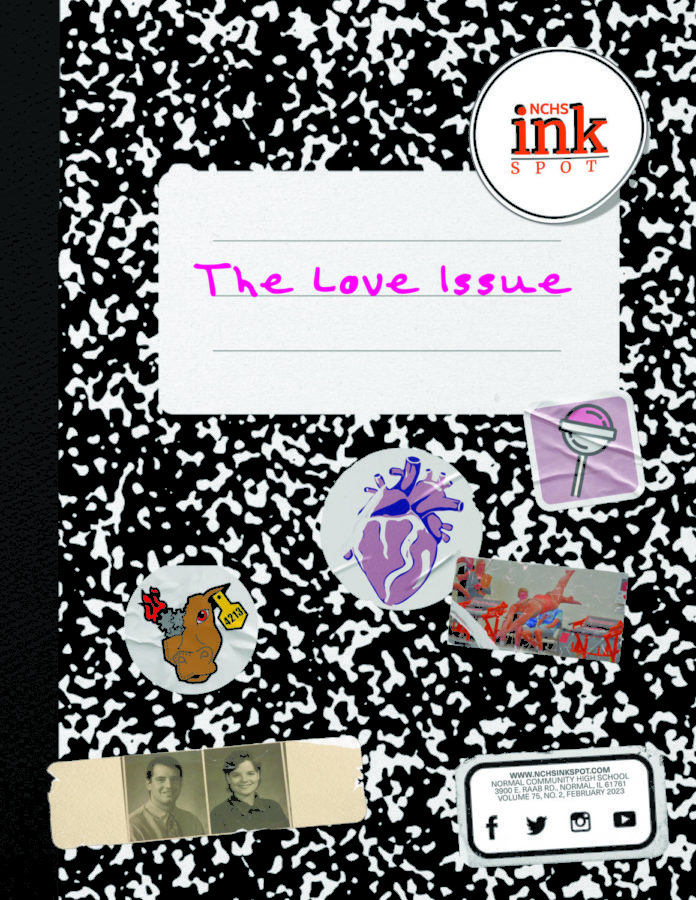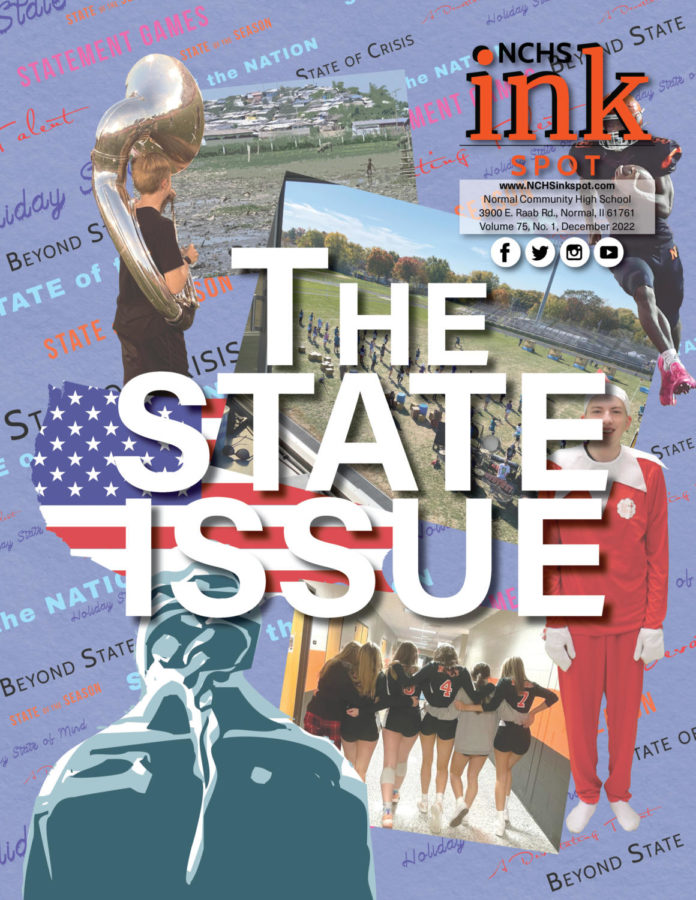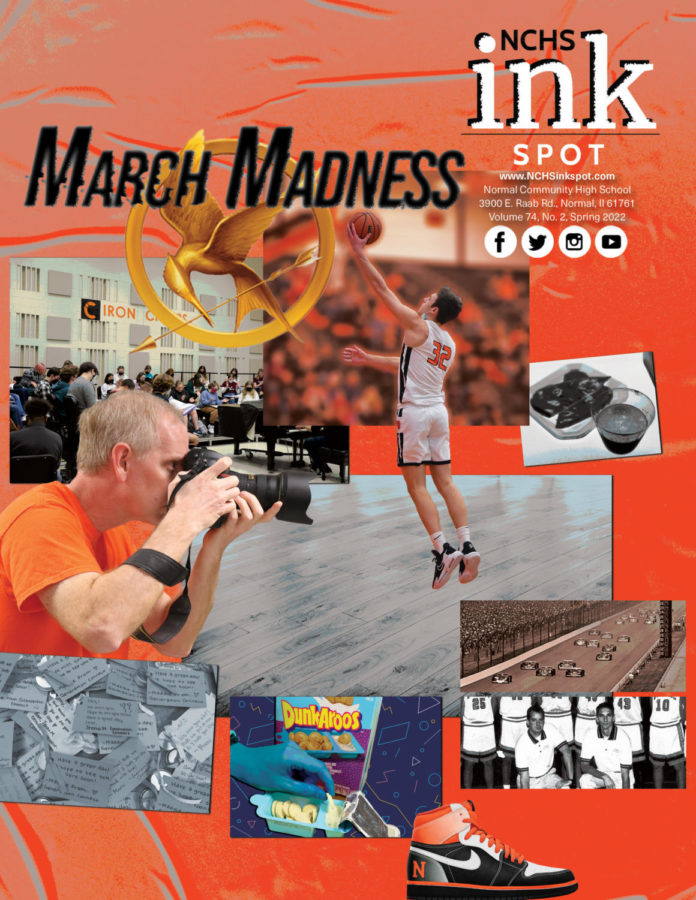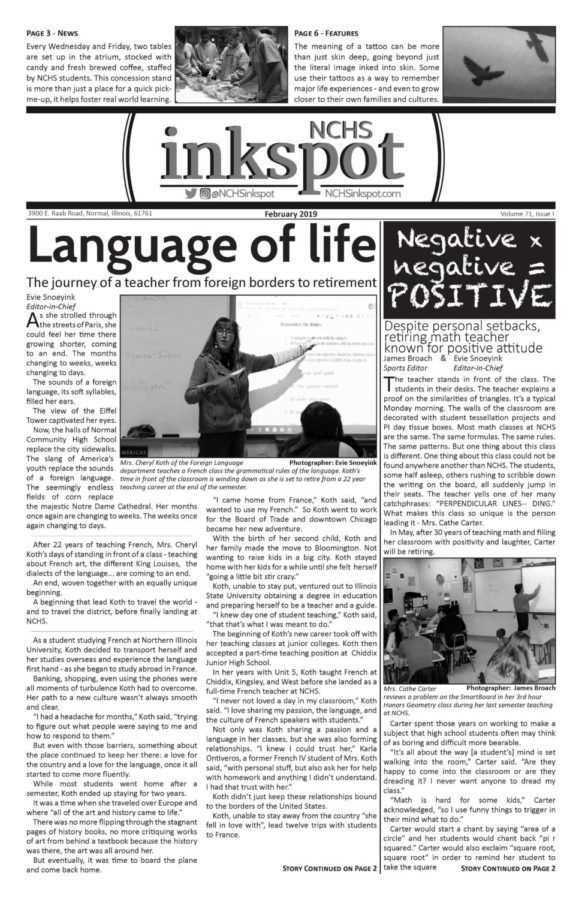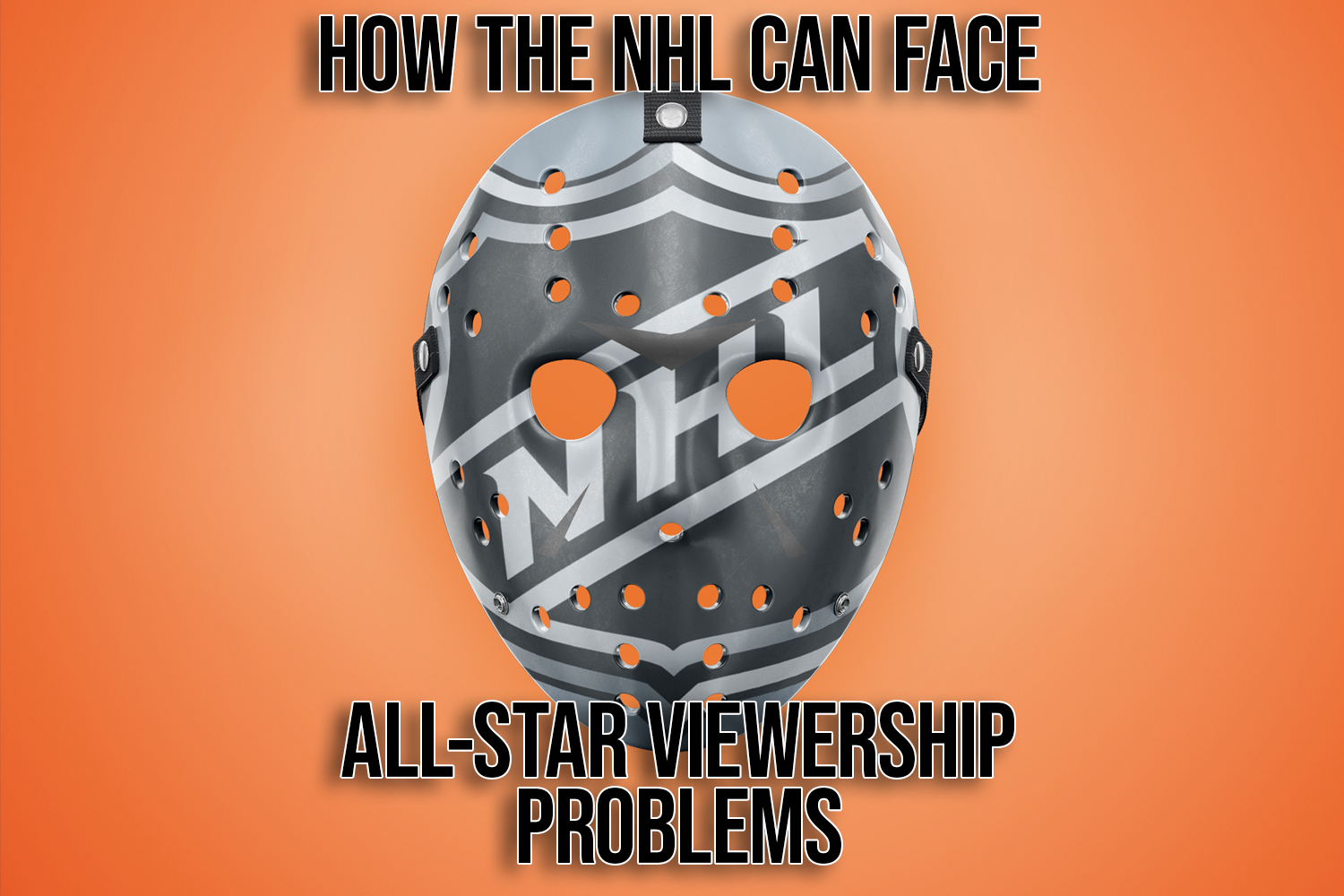As the NHL All-Star game was played in St. Louis on January 25, hockey fans saw some of the most exciting storylines of the season. Or they could have – if anyone was watching.
New York Islanders’ young phenom Mat Barzal ended Edmonton Oilers’ Connor McDavid’s three year of the Edmonton Oilers’ reign as the league’s fastest skater; St. Louis native Matthew Tkachuk sported a Yadier Molina Cardinals jersey, and Canada won the Elite Women’s 3-on-3 game.
Despite such a seemingly entertaining offering, a major problem still lingers. Hockey fans could have seen those storylines – if anyone was watching.
The NHL consistently has had the lowest television ratings of the big four professional sports leagues. Its All-Star game is no exception.
The NBA’s All-Star game, according to Nielsen, tied it’s all-time viewership low last year with 6.8 million viewers. Compared to the NHL’s 2019 total of 1.78 million, it’s obvious something needs to change to become more appealing to all hockey fans. The worst NBA All-Star game would be a ratings success story for the NHL.
Since 2013, NHL All-Star weekend viewership has taken a serious decline seeing this year’s All-Star skills competition registering the second-lowest views at 835,000, with its lowest coming in 2016 at only 781,000.
The NHL has tried to remedy this with some format changes over the years.
Format Changes
In 2011, the league replaced the traditional conference teams with a “fantasy draft.” Fans voted for six players from either conference while the NHL selected another 36 players for a total of 42 players. The chosen players then selected two captains for each All-Star team, who would then draft the teams.
The 2012-13 lockout and a clash with the Winter Olympics lead to retooling the All-Star game again in 2016. The game would no longer be a singular all-star game pitting one team against another as in other leagues; instead, four all-star teams, each representing one of the league’s four divisions, participate in a two-round knockout, three on three tournament.
The format, though, was not the problem.
A major reason why viewership has decreased is the on-ice effort from the All-Stars. On average, NHL All-Star games reach scores of over eight goals, with the record score coming in 2015 when Team Toews defeated Team Foligno with a score of 17-12.
In 2016, the first year of the tournament structure, the game’s MVP was Jonathan Scott, who had been demoted to the American Hockey League after fans voted him into the game. Scott played as a member of no team and, and scored two goals (after scoring none the entire regular season up to that point). Scott’s success seems to indicate the lack of effort of the other skaters on the ice more than his ability.
The Problem
On a trial basis in 2019, the NHL implemented new player tracking technology that was used during All-Star game. This technology tracked players’ shift length, MPH on ice, number of shifts, and total distance skated.
On a recorded shift with Roman Josi, Ryan O’Reilly, and Miro Heiskanen of Team Central playing against Team Pacific’s Drew Doughty, Clayton Keller, and Elias Petterson, the average speed of the players on ice was 11.5 MPH.
In a regular-season game, that average is 20 MPH. That almost 50% drop in speed clearly illustrates that these players are not exerting their full skills during the All-Star game. A game where the goal is to do exactly that – illustrate the true potential of the game’s stars.
Scarce in the All-Star game is defense, an all-important aspect of the game of hockey. In any given All-Star game, you can expect defensemen not to be pressuring forwards physically and or going in high checking to retrieve pucks.
San Jose Sharks defenseman Erik Karlsson told Sportsnet at the 2016 All-Star game in Nashville, “I won’t say I’ll block any shots [during the All-Star game], but maybe I will skate fast and shoot hard.”
Normally, NHL regular-season games average 6.1 total goals, 29 goals in one game shows a lot about the intensity, or lack thereof, in the All-Star Game. Players do not care that much and the game is not a showcase of the game’s true talent.
The Missing Stars
Despite the All-Star game being such high scoring affairs, they don’t even attract the NHL’s top goal scorers.
Washington Capitals forward, Alexander Ovechkin, who has won the league’s scoring title eight times since 2008 opted to skip out on the All-Star game the past two seasons.
A popular belief of why players like Ovechkin skip the game outright or phone-in their play stems from the game’s prize: the winning team receives $1,000,000 to split among 11 players and two coaches, totaling to about $76,000 per person.
That may seem like nothing to scoff at for the average fan but take into account that no player in the 2020 All-Star game makes less than the Minnesota player Eric Staal’s $3.25 million salary. Per regular-season game, Staal averages $39,634; and the All-Star game’s $76,000 might make a nice bonus.
But for the player’s the game is meant to attract, $76,000 just isn’t enough money to attain their maximum effort when their salaries are padded with bonuses, endorsements, and sponsorship money.
Ovechkin’s salary works out to an average of $116,322 per regular-season game. Plus his endorsement deals with American companies like Nike, Upper Deck, Coca-Cola, and Gillette. And his six-figure deal with Russian-based Otkrytie Bank, worth somewhere between $500k and $1 million, according to Forbes.
Staying healthy, making the playoffs, and staying marketable is worth a lot more than what the All-Star game pays for player appearances.
The decision to skip the annual event comes with punishment. In 2013, the NHLPA implemented a rule that gives players who choose to skip the All-Star game a one-game suspension. This rule has seen disapproval from players around the league such as Nashville Predators Captain, Roman Josi, who told USA Today, “I think if guys just need to rest and do what’s best for the team, I’m totally fine with that.”
This rule may not be fair to the veterans of the NHL who need the rest for their bodies, but it serves a purpose.
“I don’t think the answer to the problem is to look to discipline people. That’s not what we’re looking to do,” NHL Deputy Commissioner Bill Daly told ESPN, “What we want to do is make sure everybody understands that it is an important event, not something that should be bypassed lightly.”
This year’s All-Star game looked to entice more viewers by changing the scenery and adding more first-time All-Stars into the mix. 19 players competed in the ASG for the first time this season. For players on entry-level contracts without the need for extended rest, the All-Star game can be a lucrative bonus and a way to build their personal brand.
This format is also a big win for the league – it has become fairly repetitive seeing the same players at every All-Star game each and every year. While the league’s most consistent star players like Sidney Crosby, Nikita Kucherov, and Carey Price are some of the most thrilling to watch, it’s nice getting a new batch of players to watch in the All-Star game and seeing the future of the league.
How the NHL can fix the broken All-Star game
1) Country vs. Country
In the late 1990s and early 2000s, the NHL had an event at the All-Star game called ‘North America vs. World’ where the best NHL All-Stars from the U.S. and Canada faced off against stars from Sweden, Russia, Finland, etc.… This was a great concept and gave fans the most exciting matchups at the time. North American greats like Mike Modano, Chris Chelios, Steve Yzerman faced competition such as Teemu Selanne, Peter Forsberg, and Pavel Bure.
By implementing this for future All-Star games, fans could see North America’s highest caliber of players face off against the best competition from abroad.
2) Let Female Players Compete in All Events at the Skills Competition
In 2019, Kendall Coyne-Schofield proved everyone wrong by showing the world that women can compete at the NHL level too.
After the Colorado Avalanche’s All-Star nominee Nathan MacKinnon was injured shortly before the All-Star game, the NHL looked to the USA Women’s National Team for a replacement. Kendall stunned those watching by skating just 1 second slower than the NHL’s fastest skater, Connor McDavid from the Edmonton Oilers. That was just the tip of the iceberg for what could soon come with the incorporation of women in the All-Star game.
In May of 2019, the NWHL (National Women’s Hockey League) and CWHL (Canadian Women’s Hockey League) announced they would temporarily cease operations in search of improved pay since the women playing in these leagues make on average $6,000 over a six month season.
For these women, they are robbed of the opportunity to play professional hockey as anything but a side job. By allowing more women to compete in All-Star Weekend – both the game and the skills competition, the NHL can better spotlight how talented female players are, and encourage more fans to support women’s hockey on a regular basis.
The NHL has already taken their first step towards this by adding the new for 2020 Elite Women’s 3-on-3 game. By increasing female participation at the All-Star game, the NHL could showcase the talent of the players competing, eventually leading to a potential rebirth of the women’s pro league.
This could improve viewership by growing interest among female fans who get to see their favorite women’s players compete alongside their favorite NHL stars.
3) Bring Back the Draft
During the 2011 All-Star Weekend, the NHL introduced a format where two captains decided on by a fan vote from Team East and Team West chose the rest of their team from the all-star nominees. This was a big hit, and the NBA implemented a similar system for its own all-star game. Unfortunately, this came to an end after the lockout season and a year where the All-Star game was postponed because of a clash with Olympic play.
4) Add a separate all-rookies game
As the NHL becomes a younger and faster league, many incredible rookies have broken into the league over the past 10 years. This season alone 160 rookies have played in an NHL game.
While stars like Connor McDavid, Auston Matthews, and Jack Eichel have wowed many at the NHL stage over the past decade, it would be interesting to see the up-and-coming superstars play each other in a game. Hockey fans everywhere were able to see something similar at the World Cup of Hockey in 2016 when Team North America “Young Guns” was introduced as an Under-23 team of the best players from Canada and the U.S.
The Young Guns showed up big time at the World Cup, beating out powerhouses like Sweden before eventually losing to Russia, 4-3 in overtime in the semi-finals.
This concept was a big hit in the hockey world, and if the NHL were to do a similar game at the All-Star game, it would be just as popular.
5) Up the stakes to win MVP
Award the game’s MVP a more significant prize than the Honda they receive like a salary bonus that doesn’t count towards the salary cap.
In the past, the NHL has done this with All-Star MVPs, but the bonus money added onto the players’ contract counted towards the teams’ salary cap. Most teams and even players chose not to accept the bonus due to the cap hit that comes with it.
By giving MVPs a bonus they’ve earned, without hurting their respective team, the NHL can keep the vibe of the game fun and lighthearted while adding something that will add some competitiveness into the game.
What NHL star is really driving a Honda anyways?


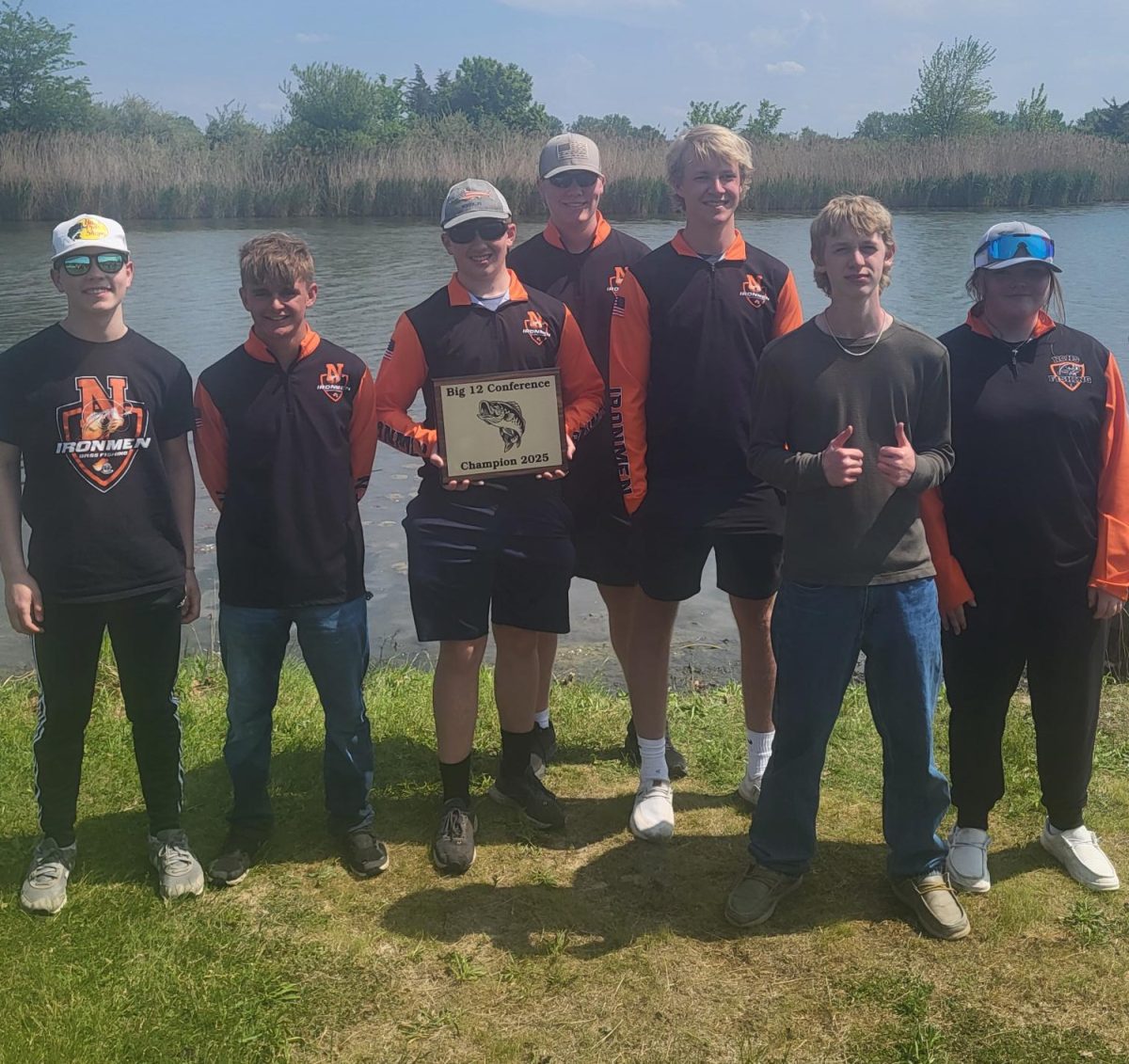
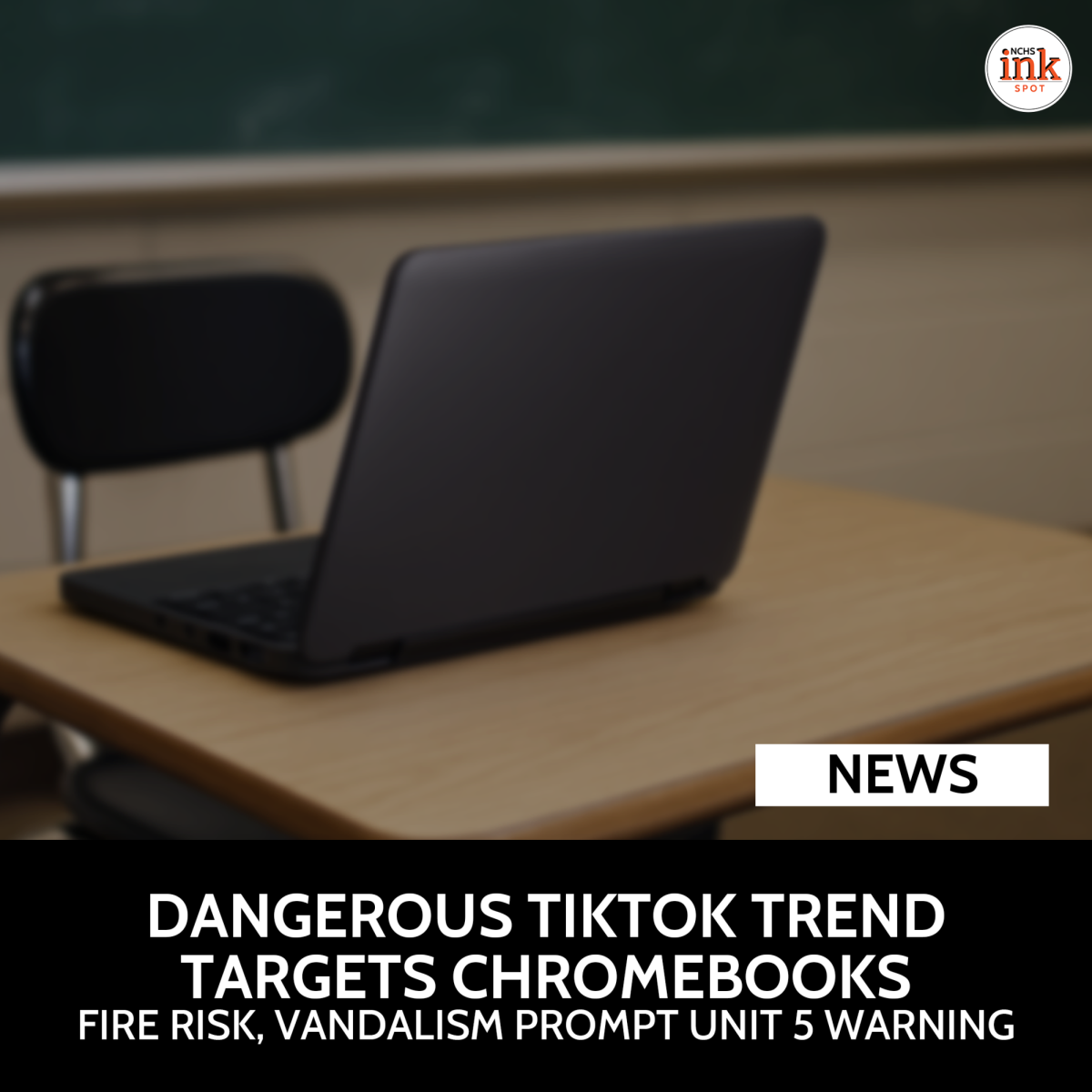
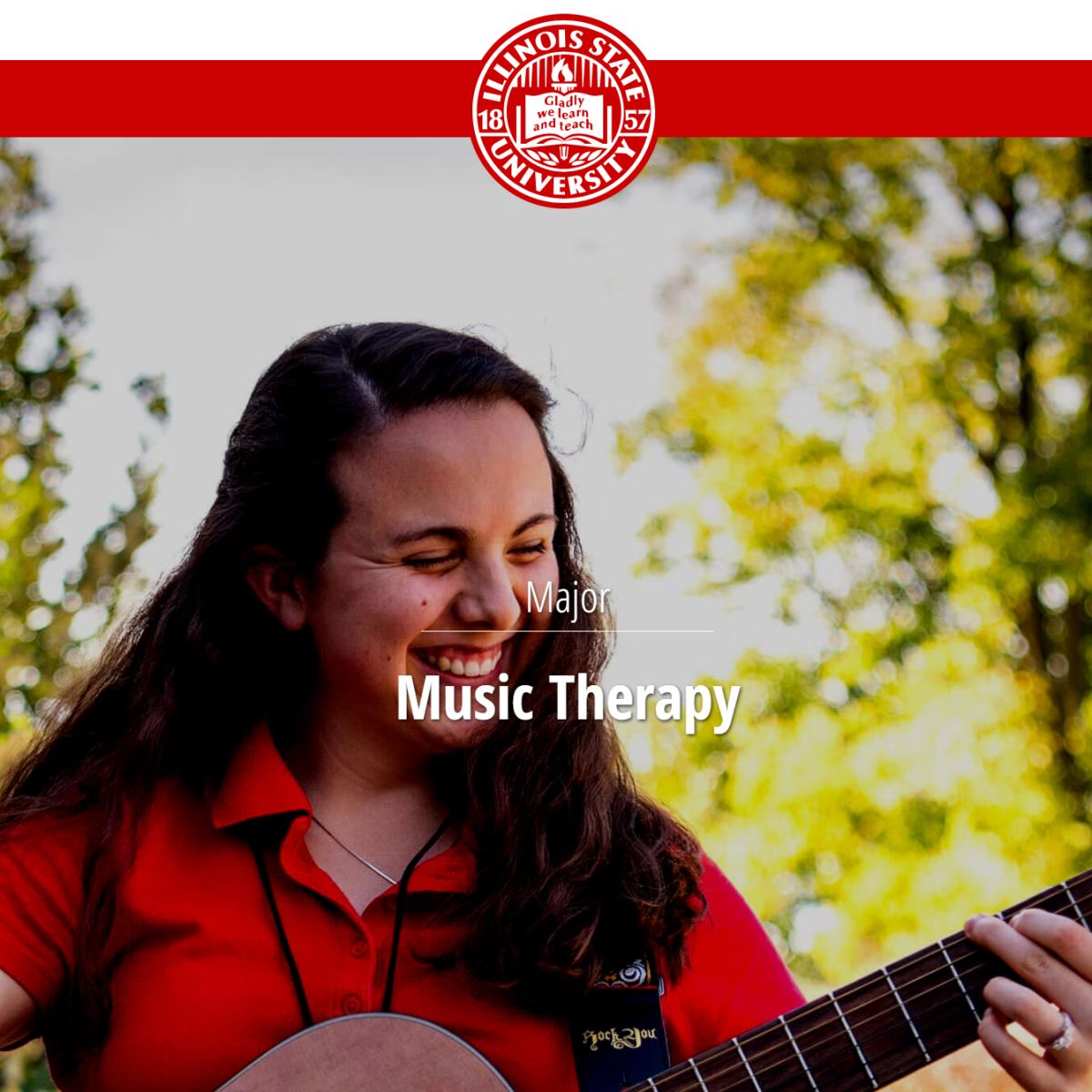
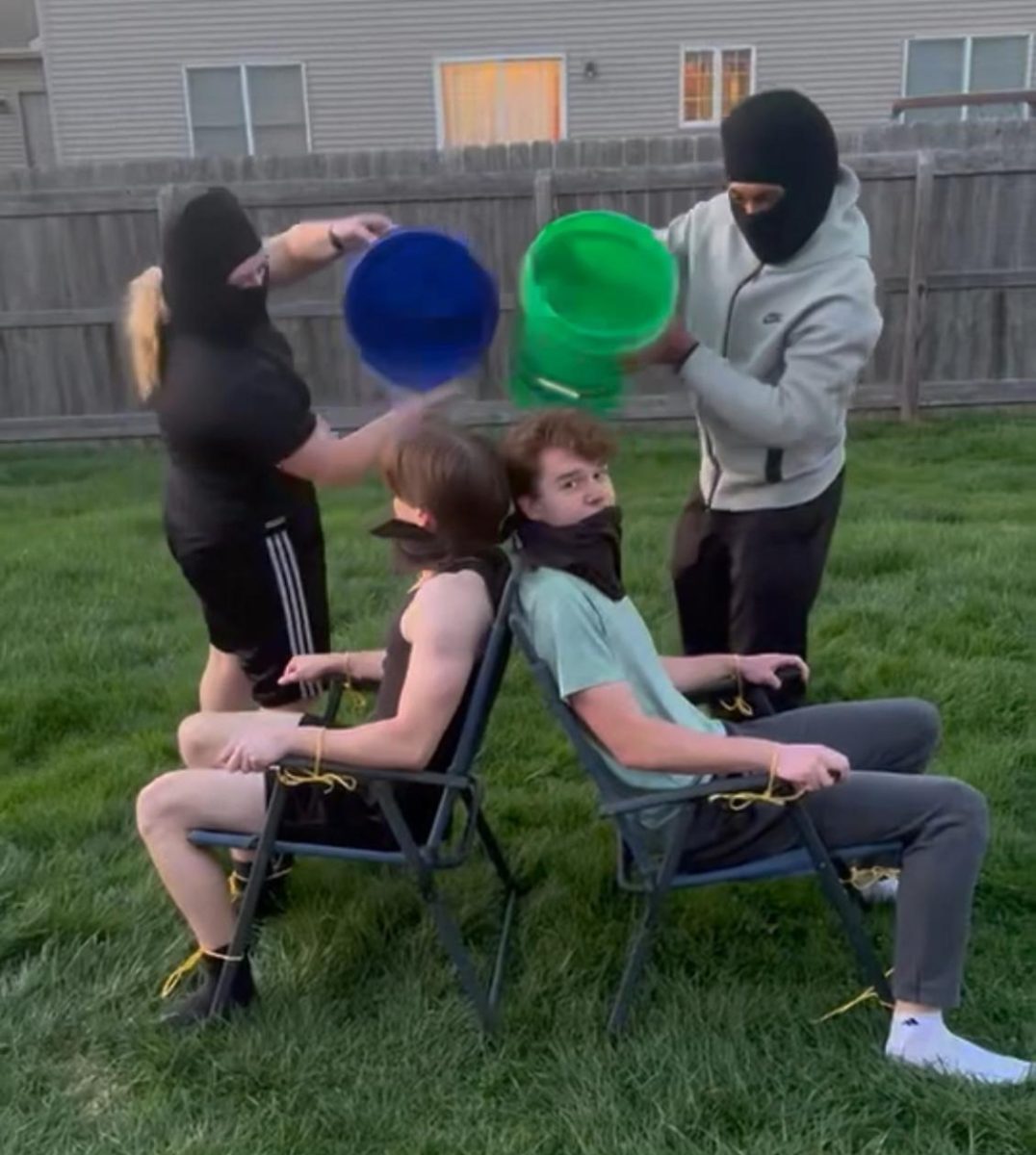


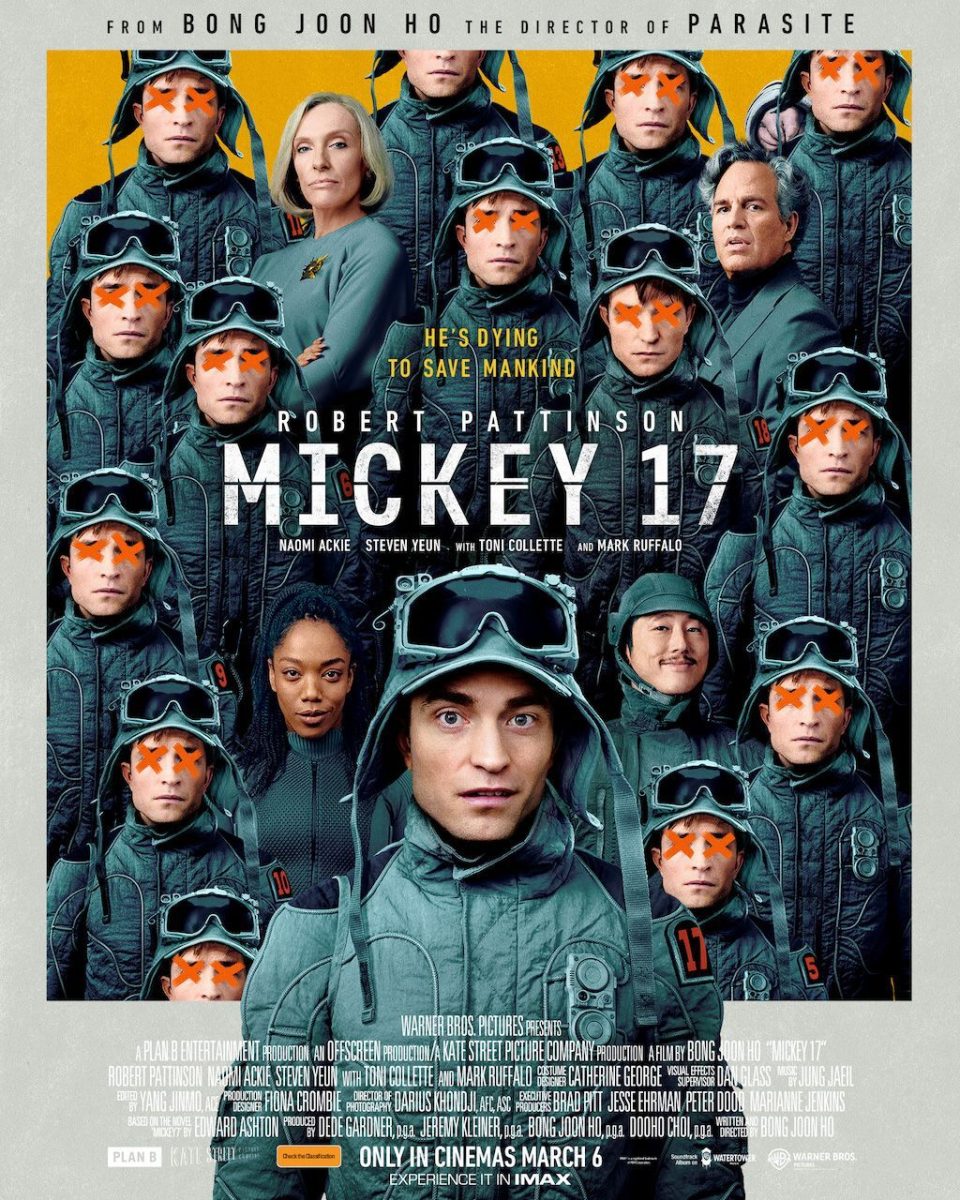
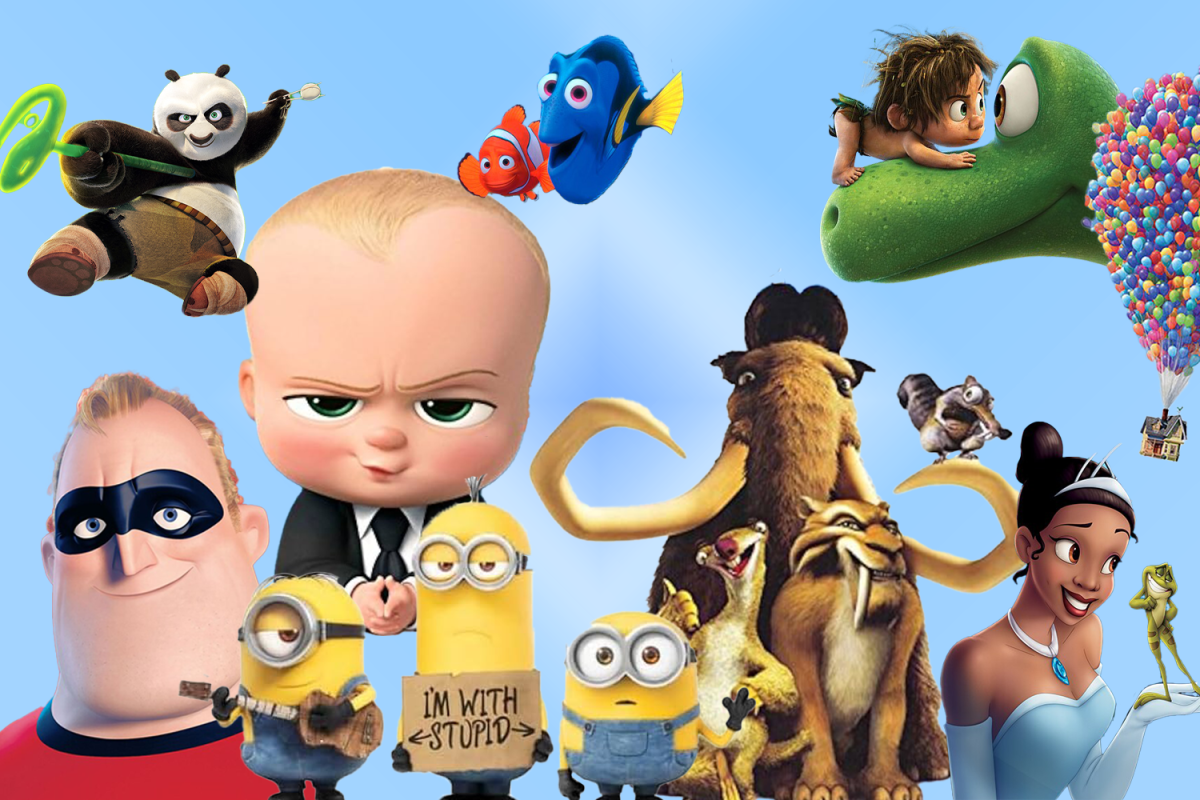
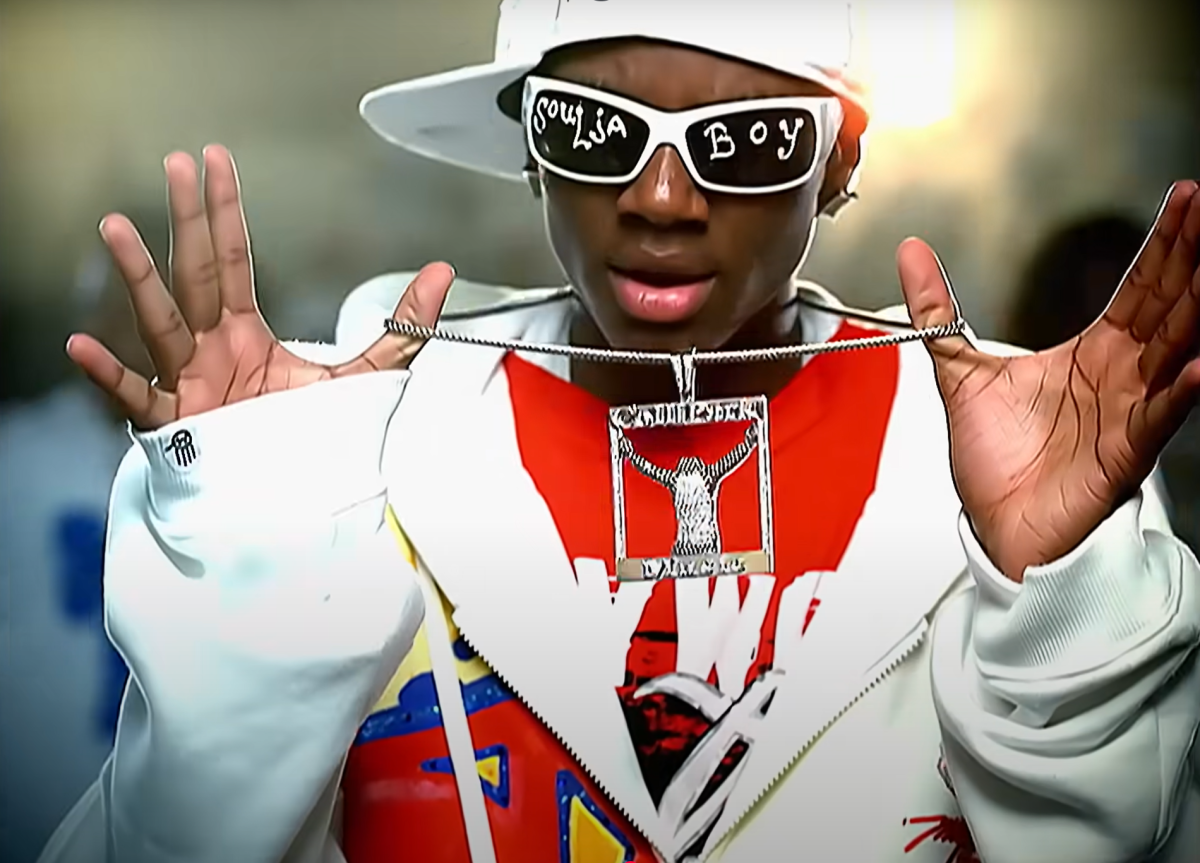

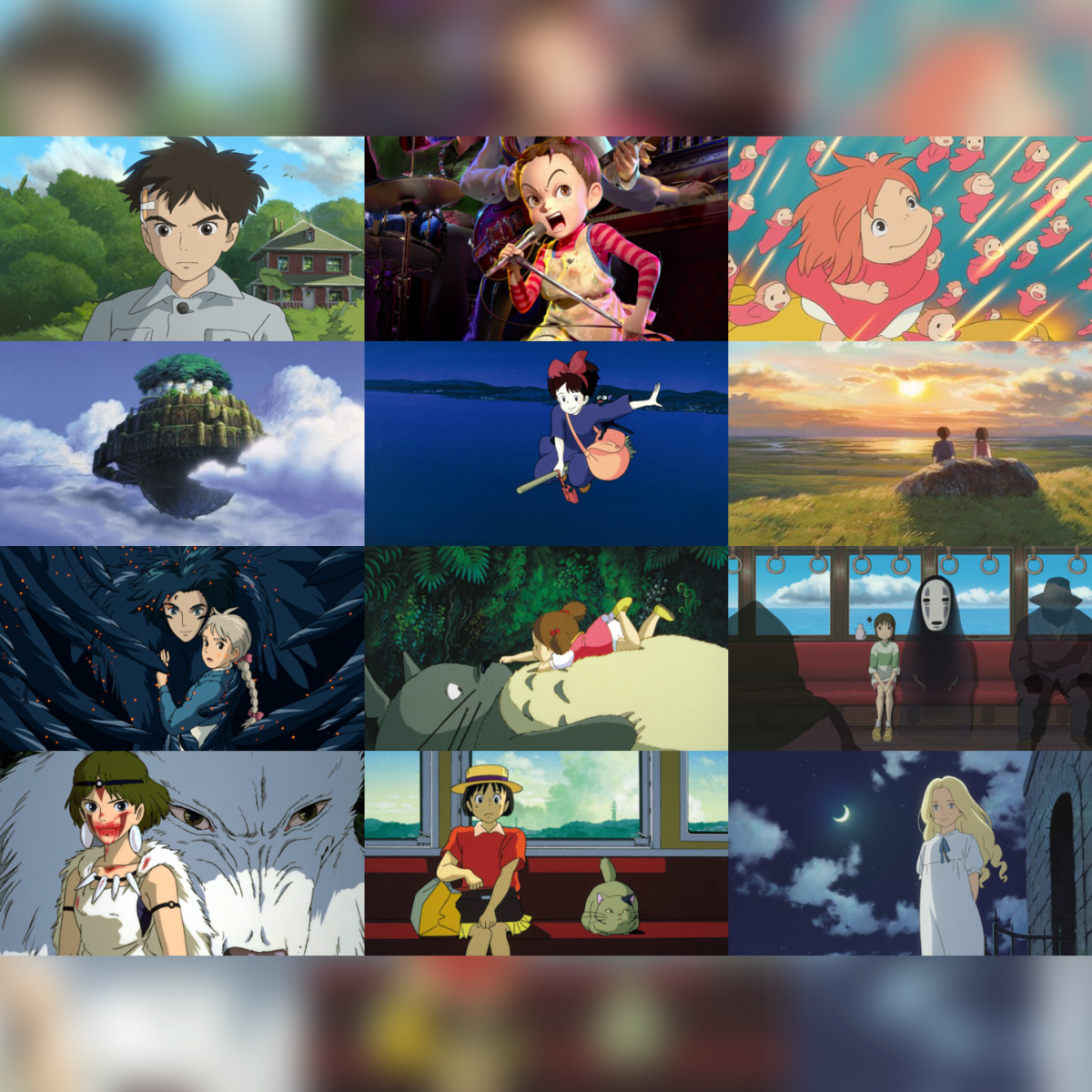
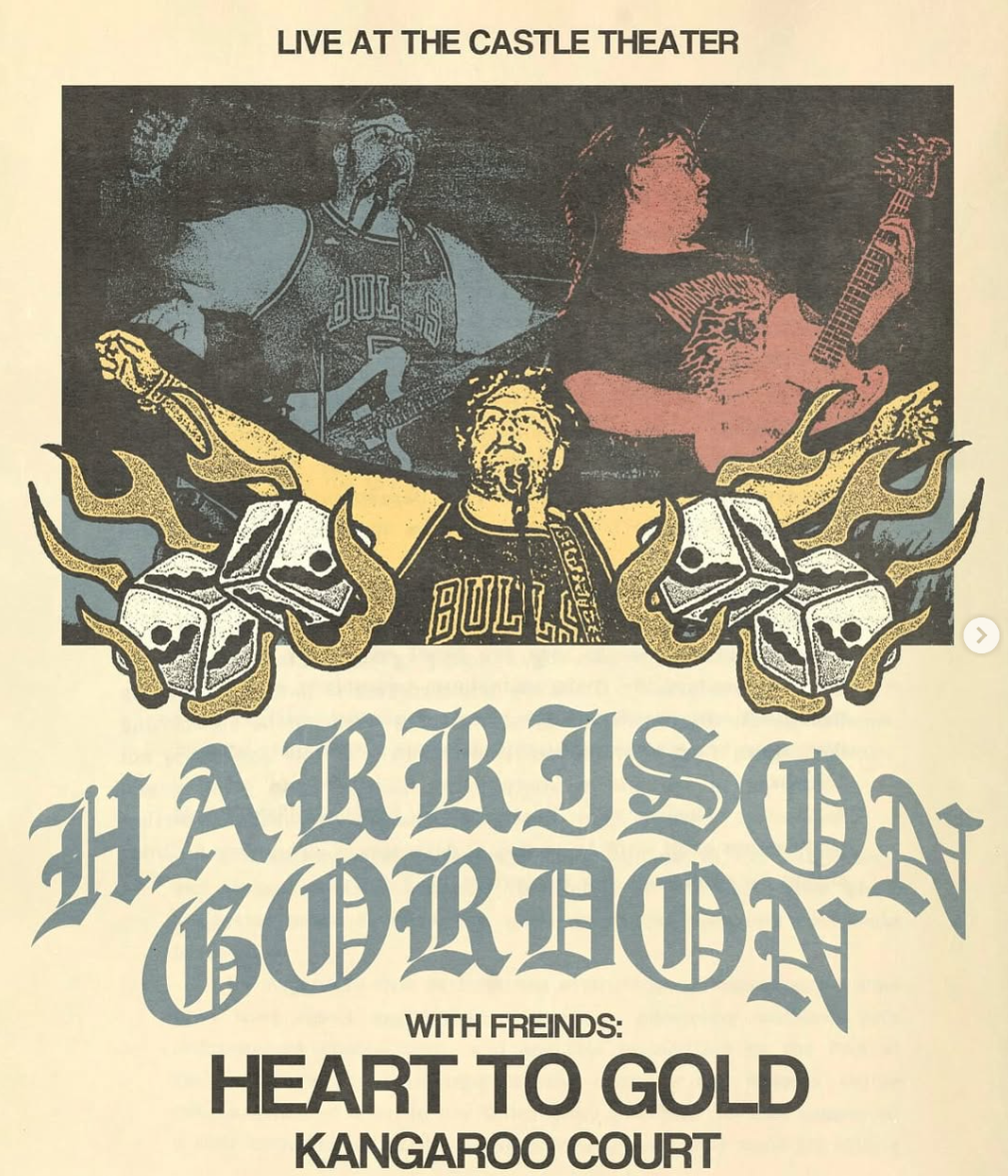
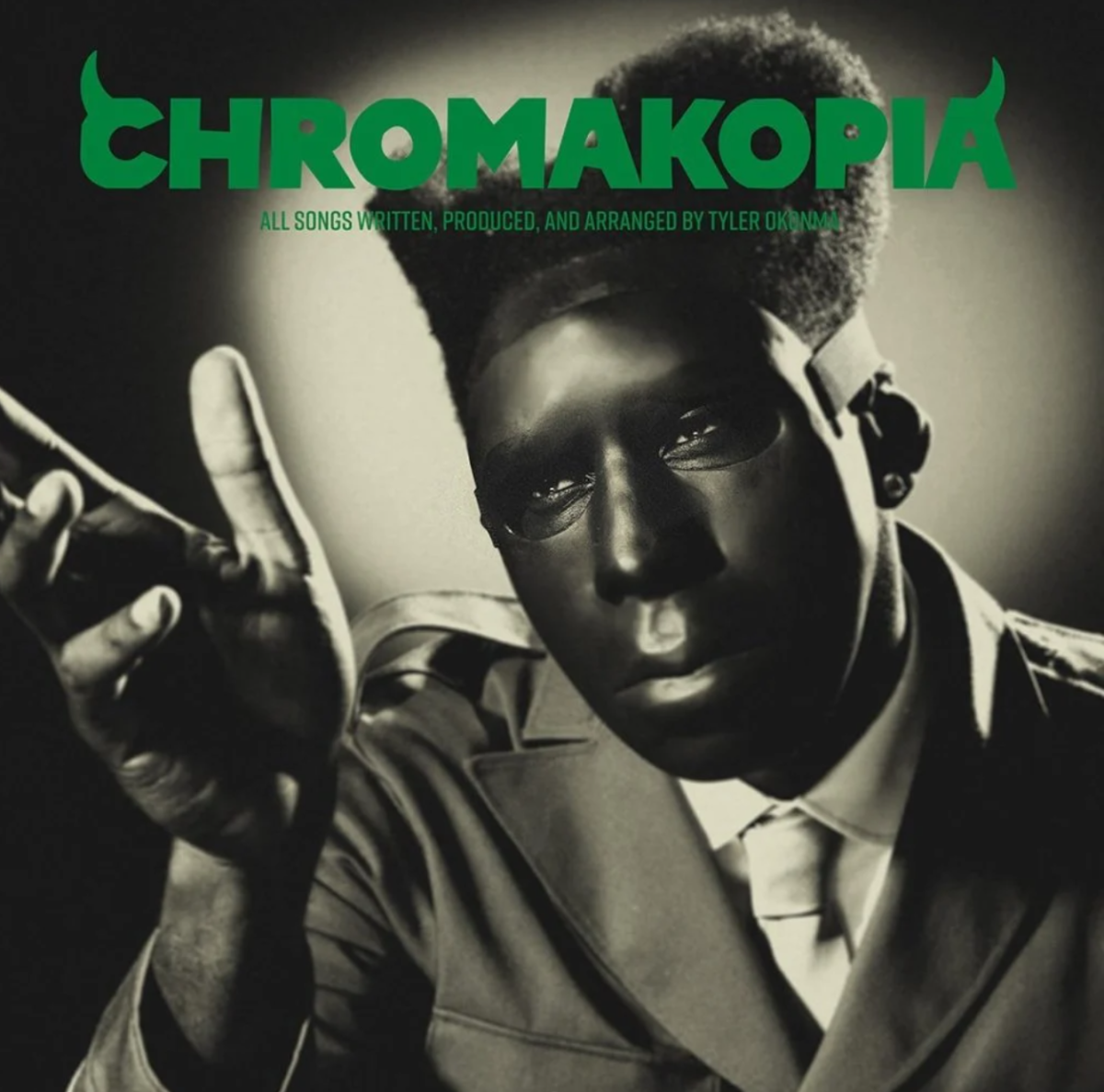
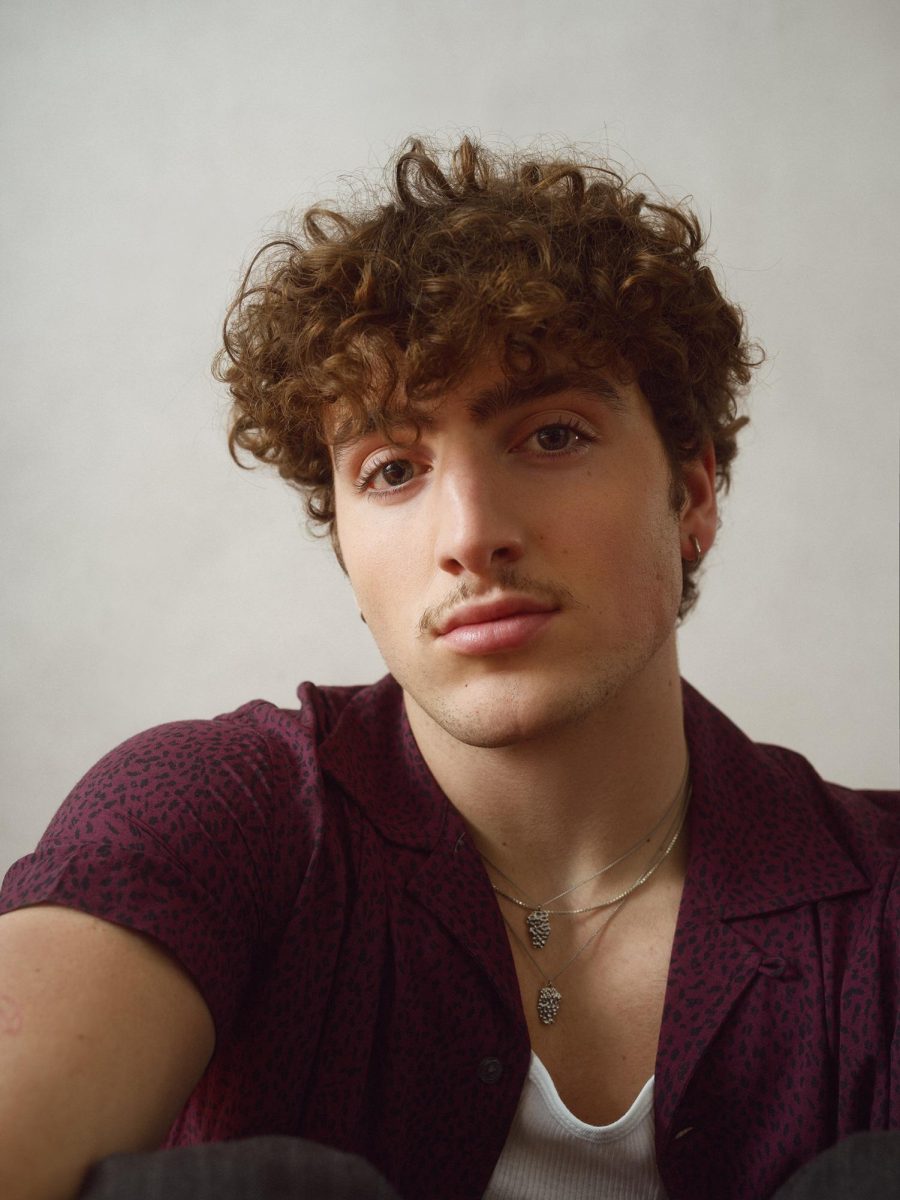
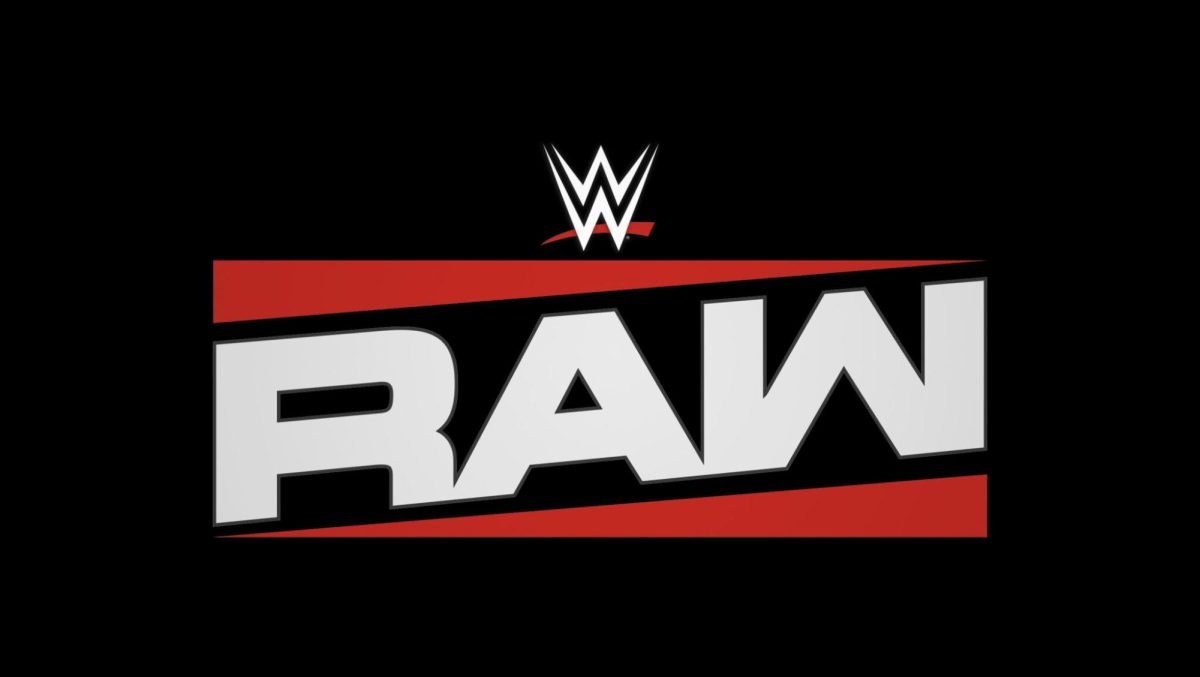
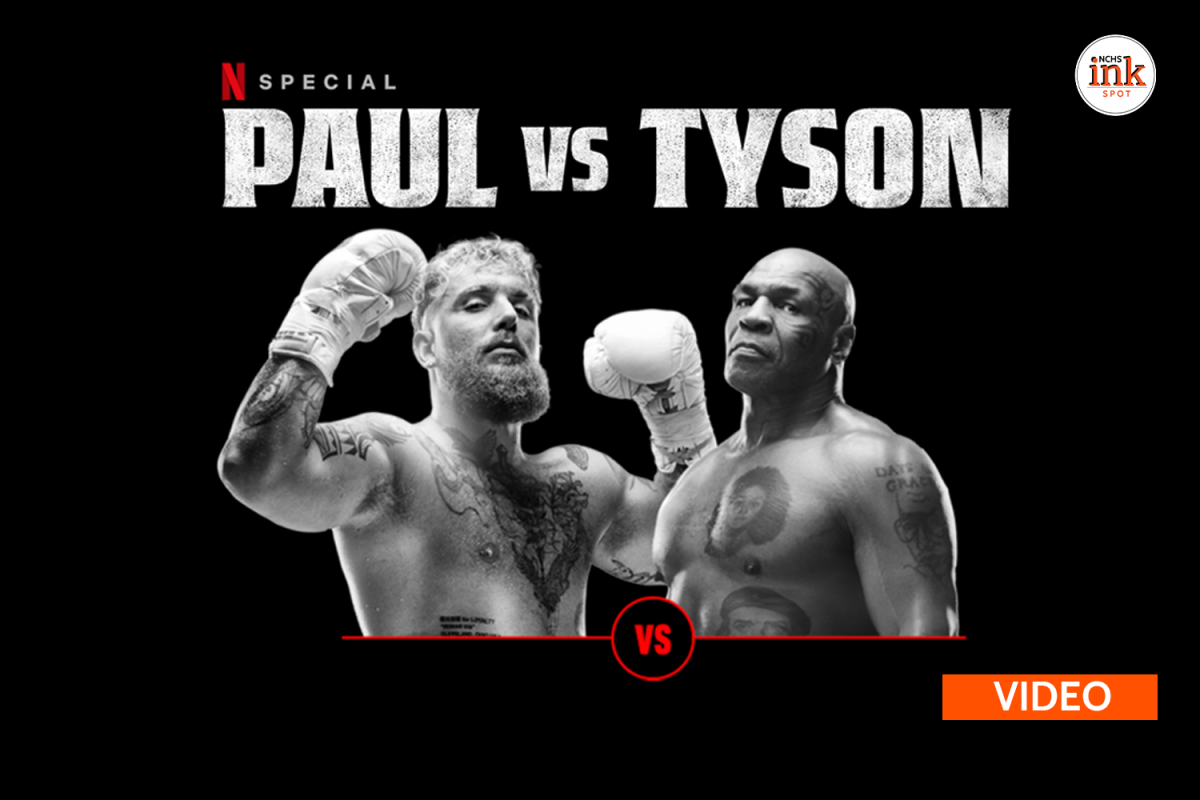


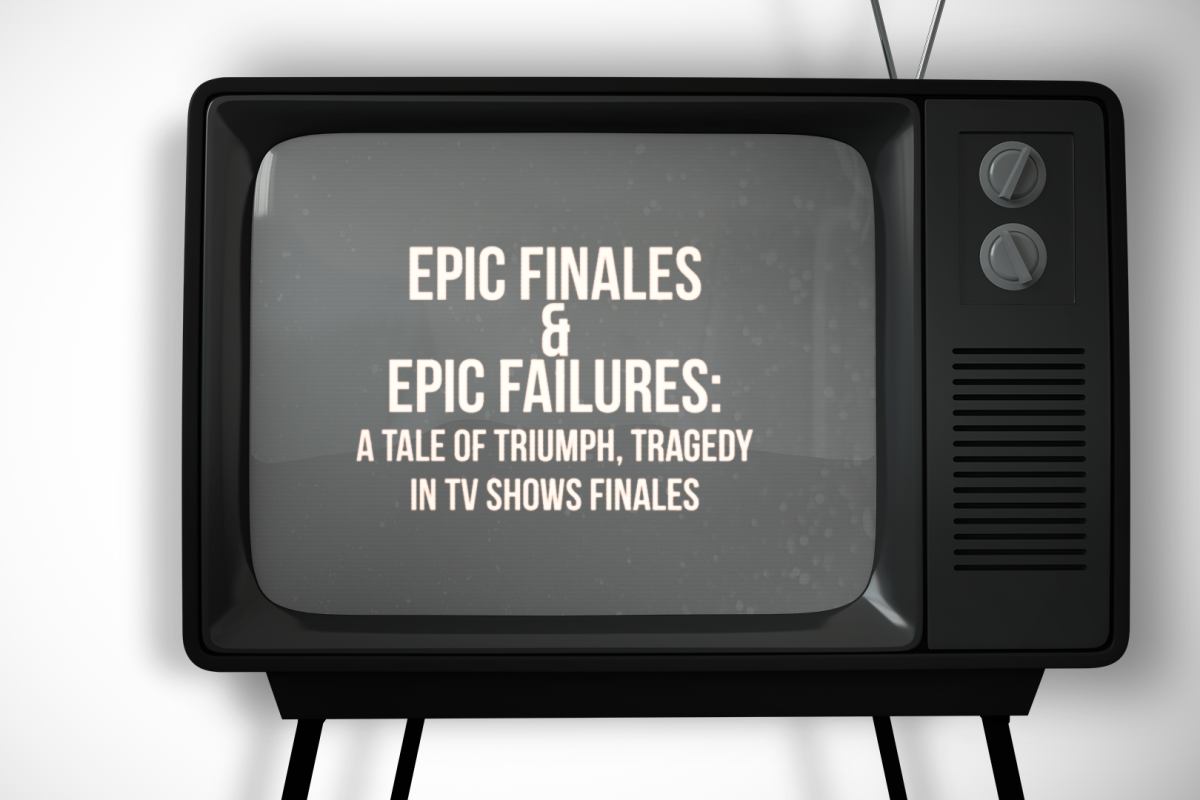
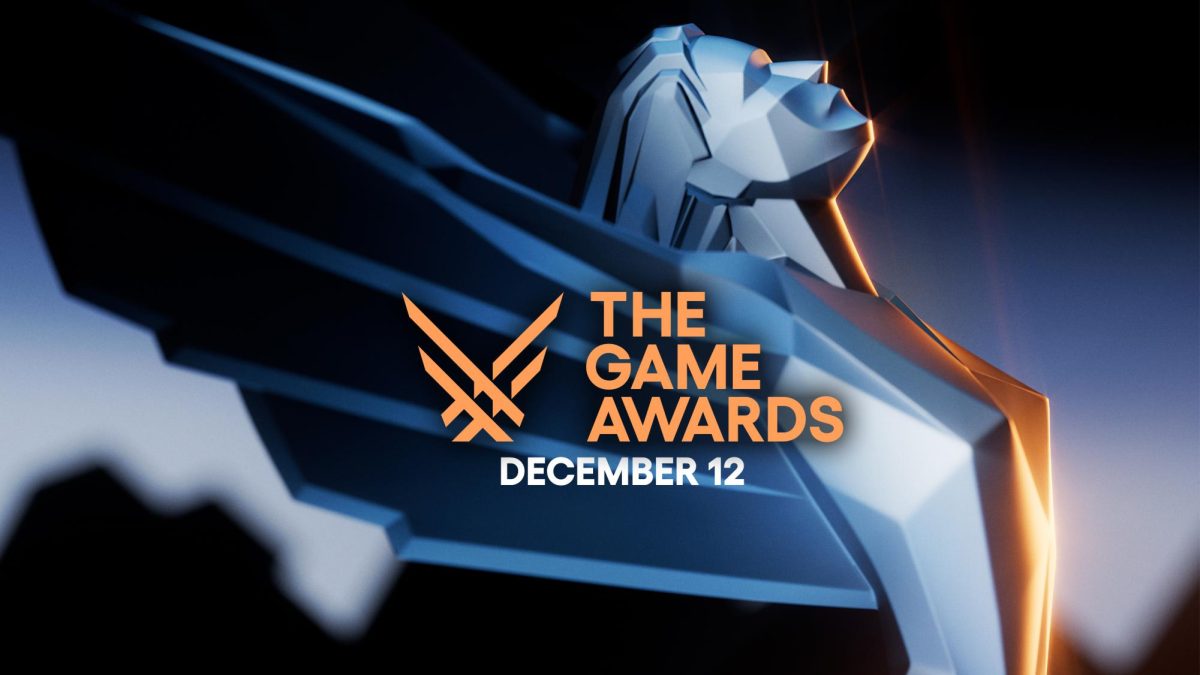
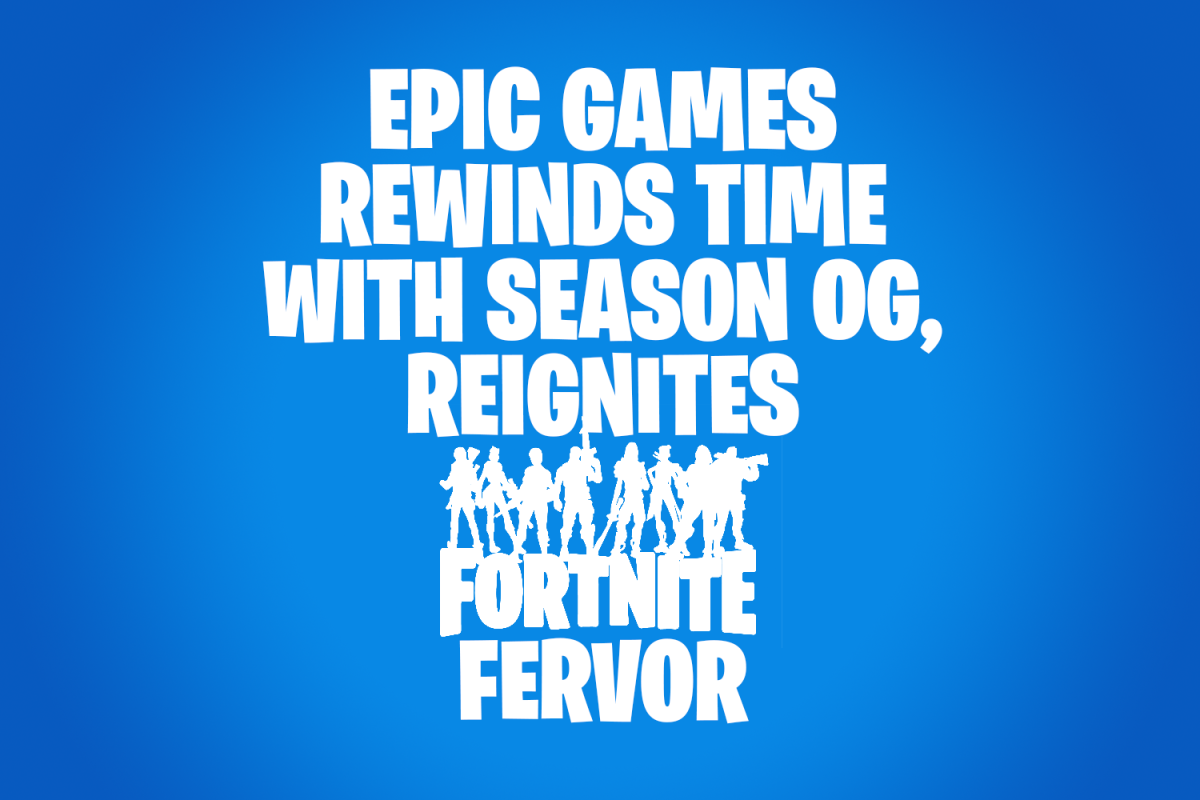
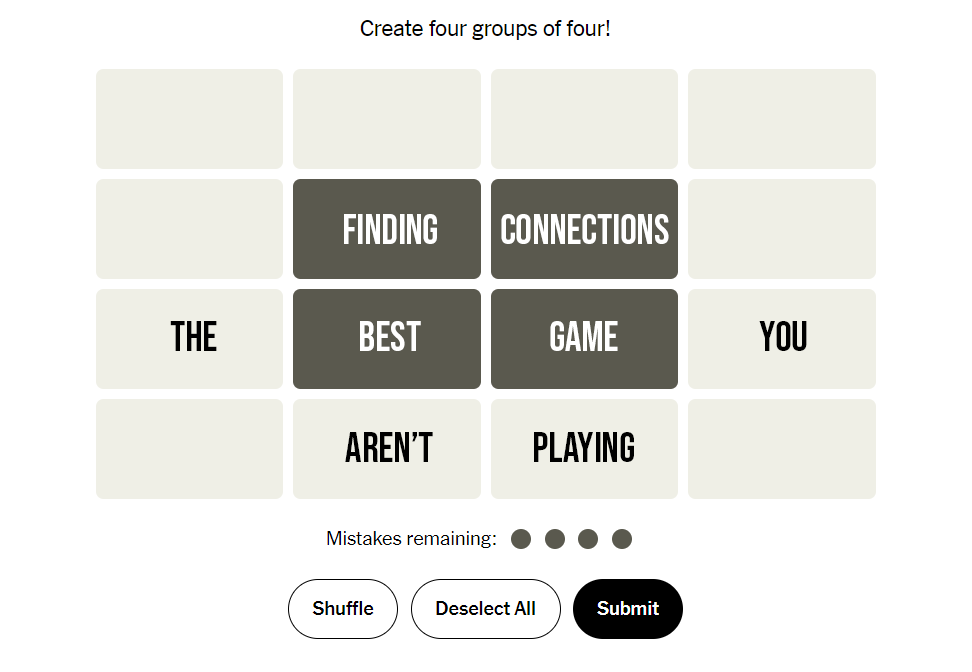
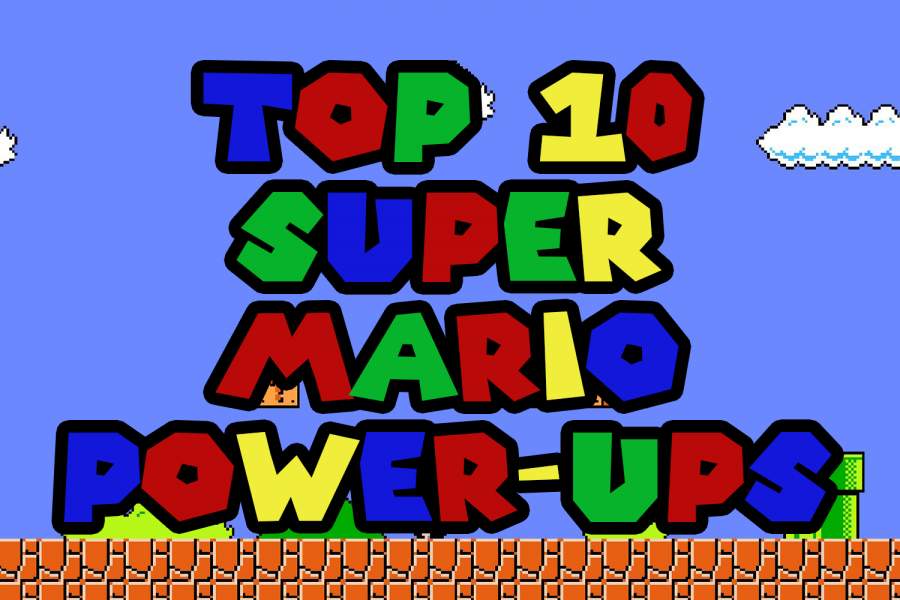
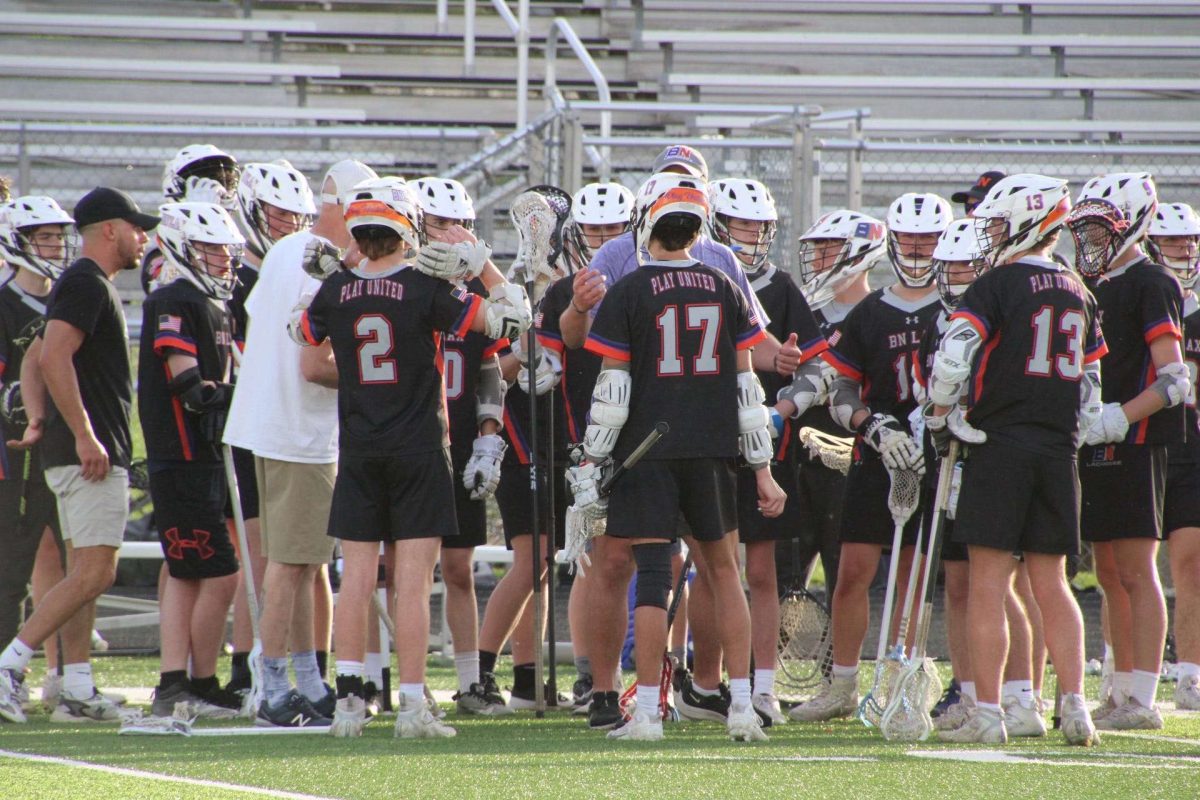

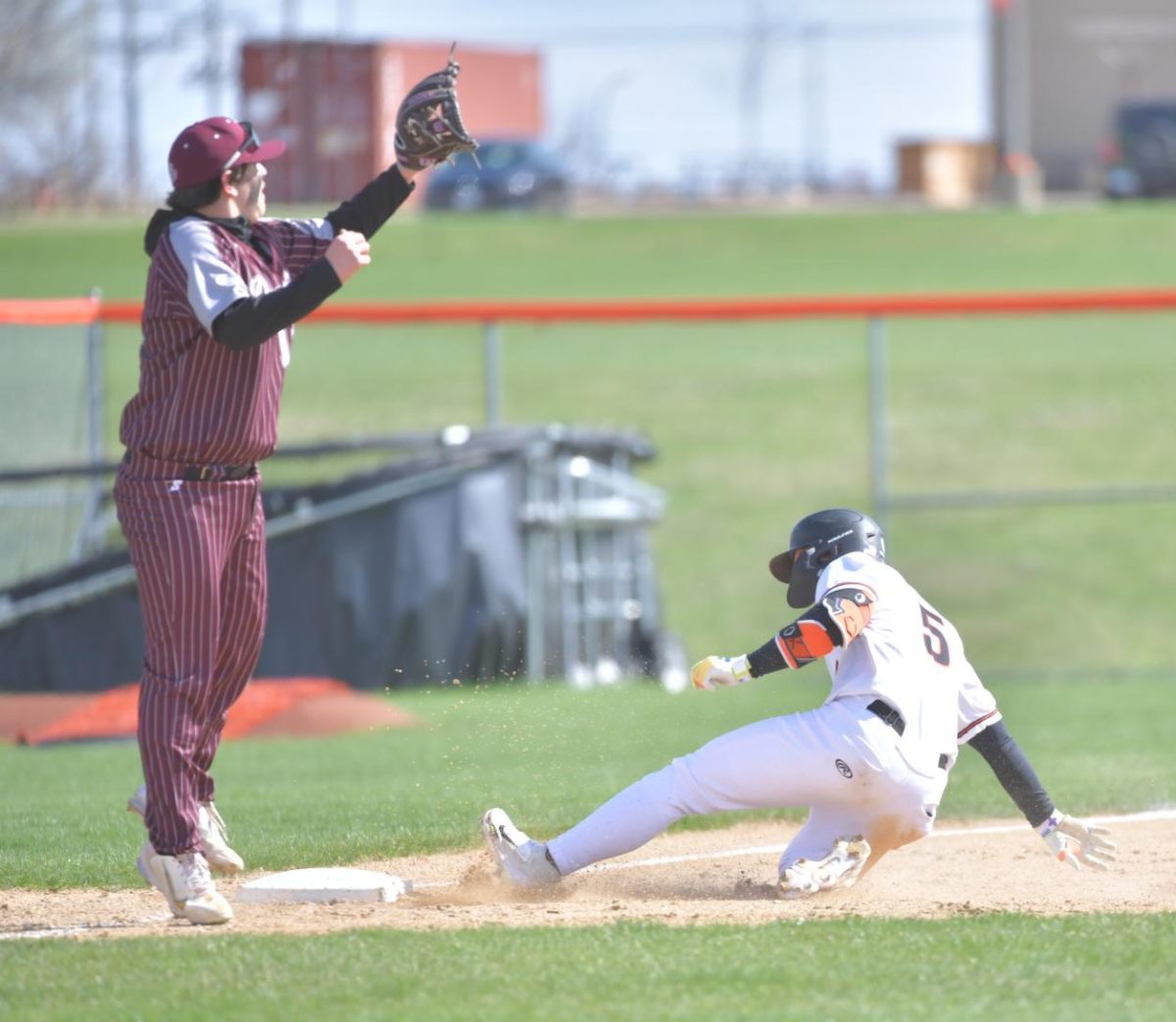
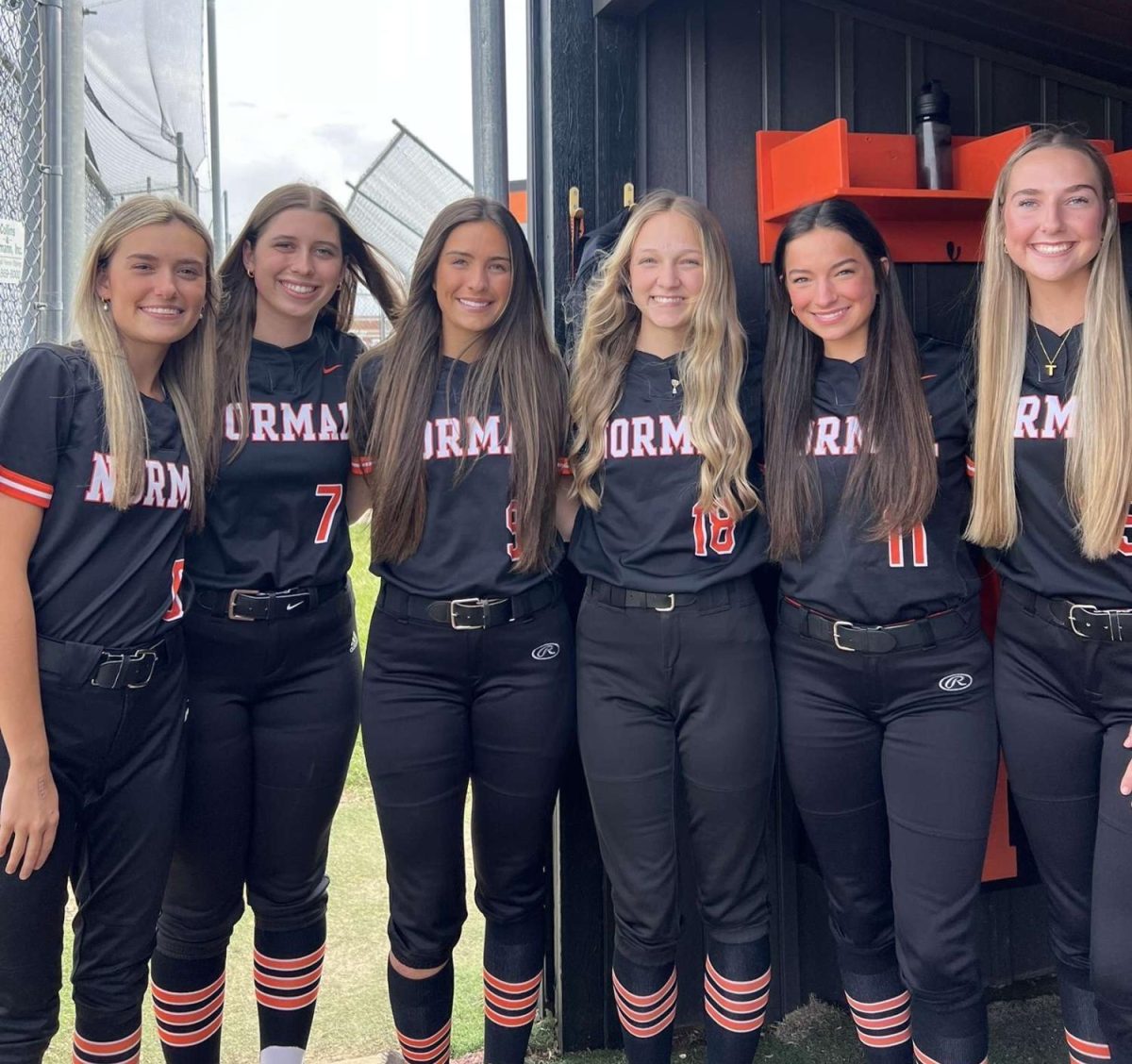
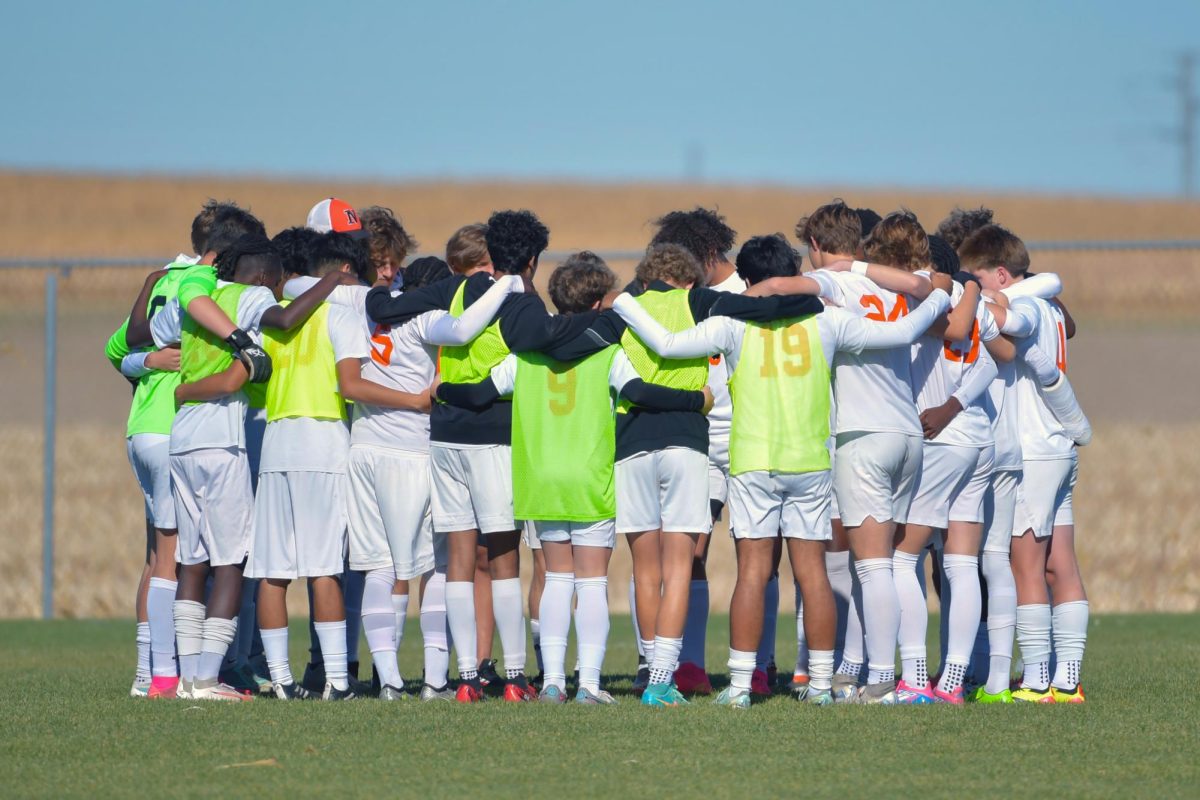
![Coach Drengwitz on the loss to Mt. Carmel, 2024 season [video]](https://nchsinkspot.com/wp-content/uploads/2024/11/Postseason-presser-feature-1200x800.png)
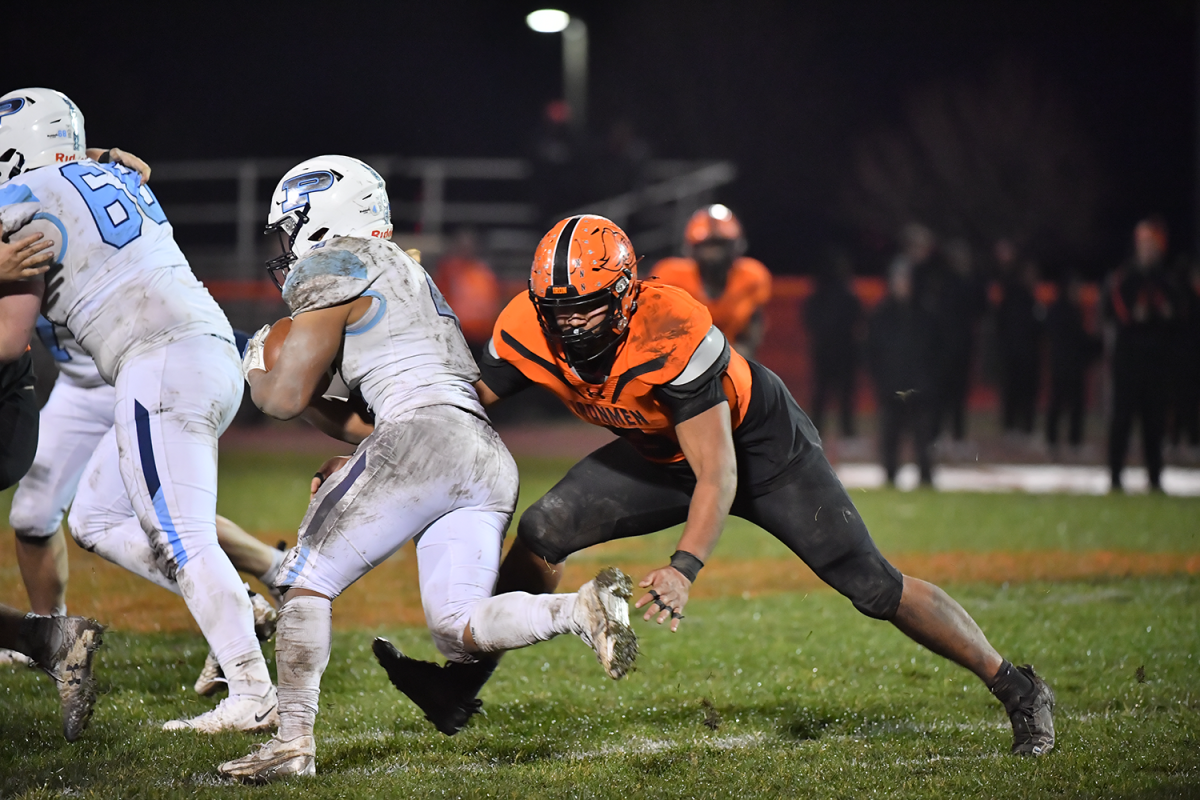
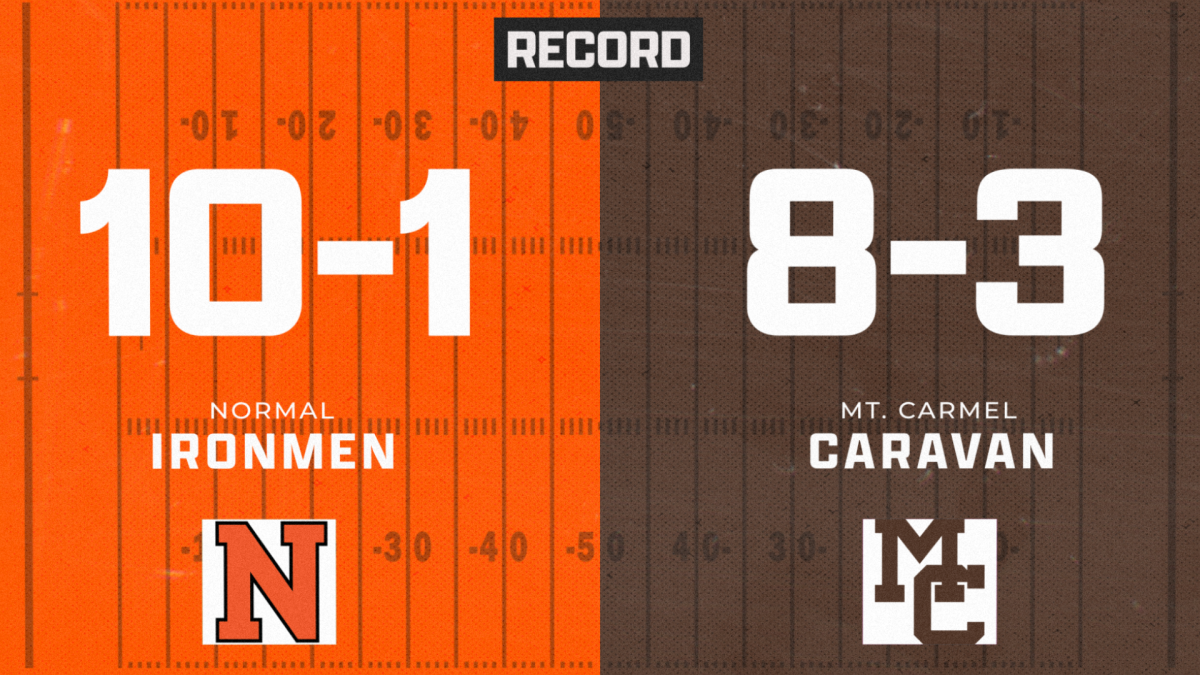
![IHSA 7A Football Playoffs Quarterfinals: Ironmen head coach on facing the Mt. Carmel Caravan [video]](https://nchsinkspot.com/wp-content/uploads/2024/11/0w12-web-feature-1200x800.png)

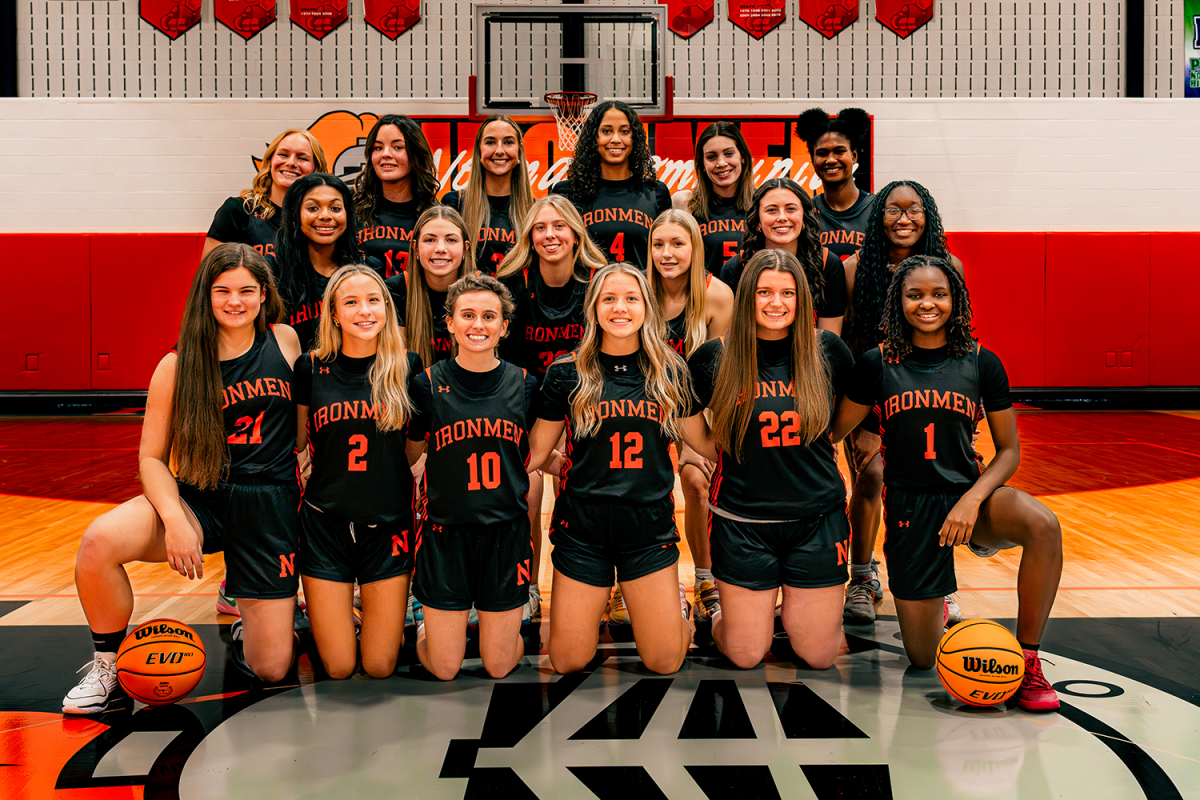
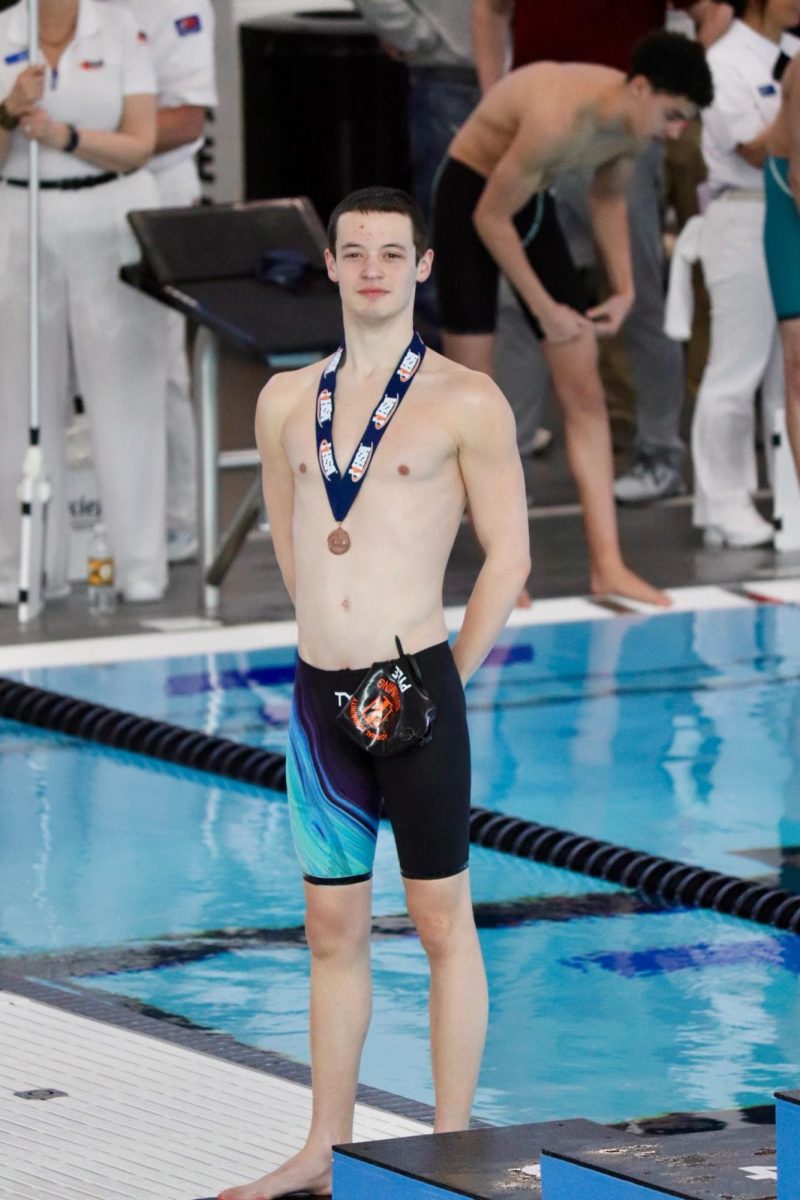
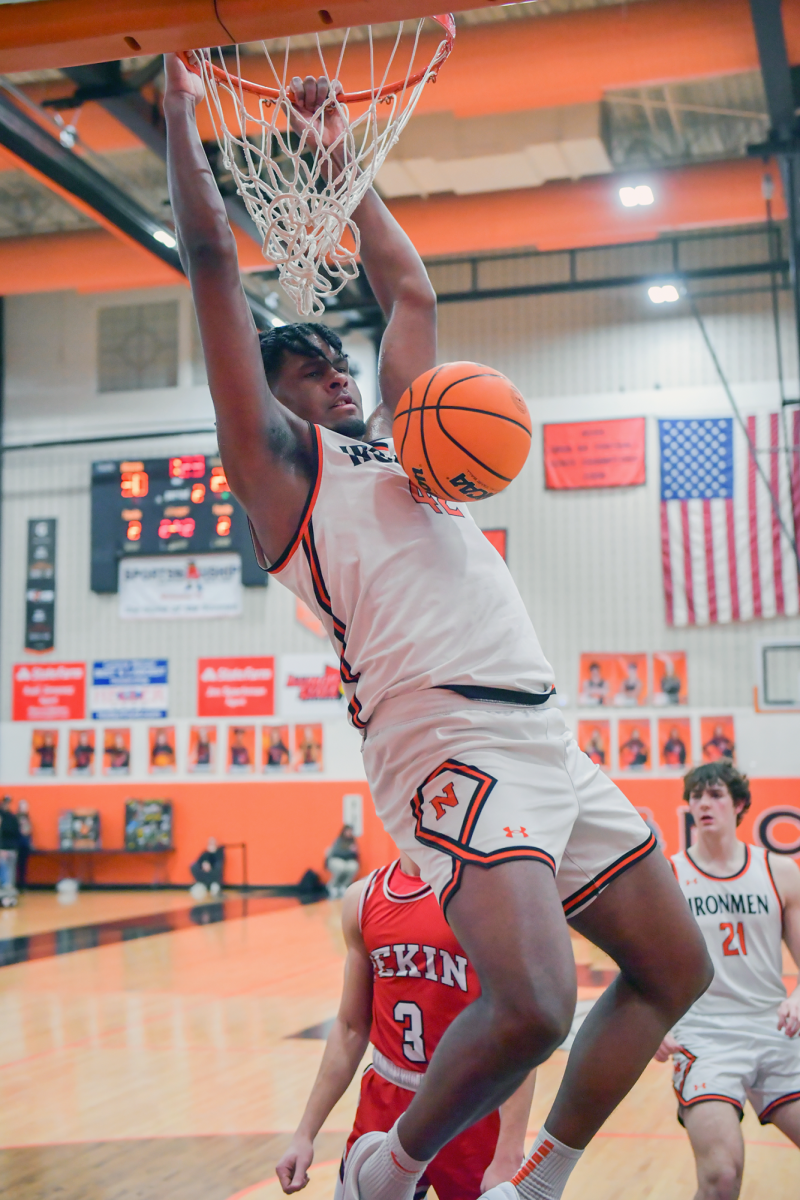
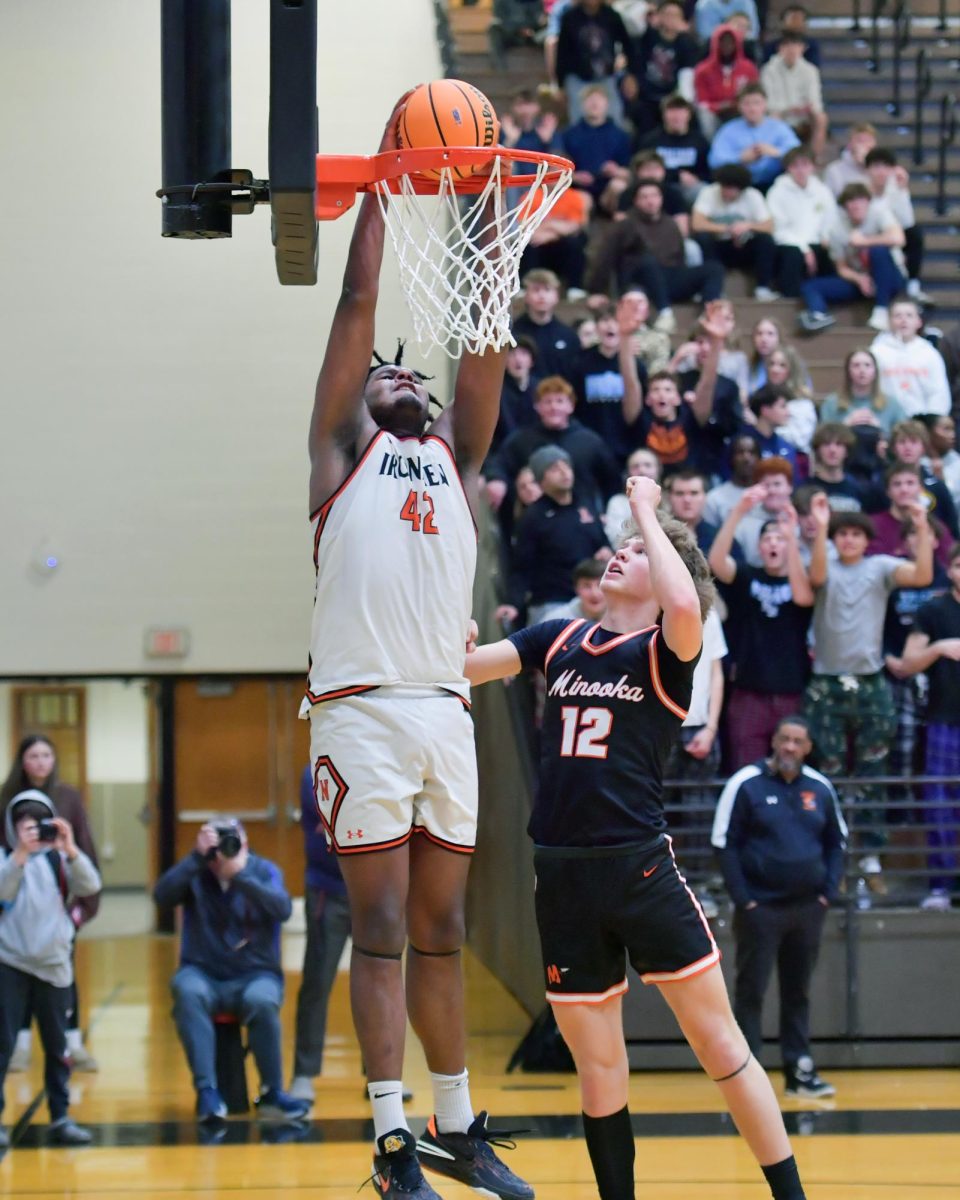
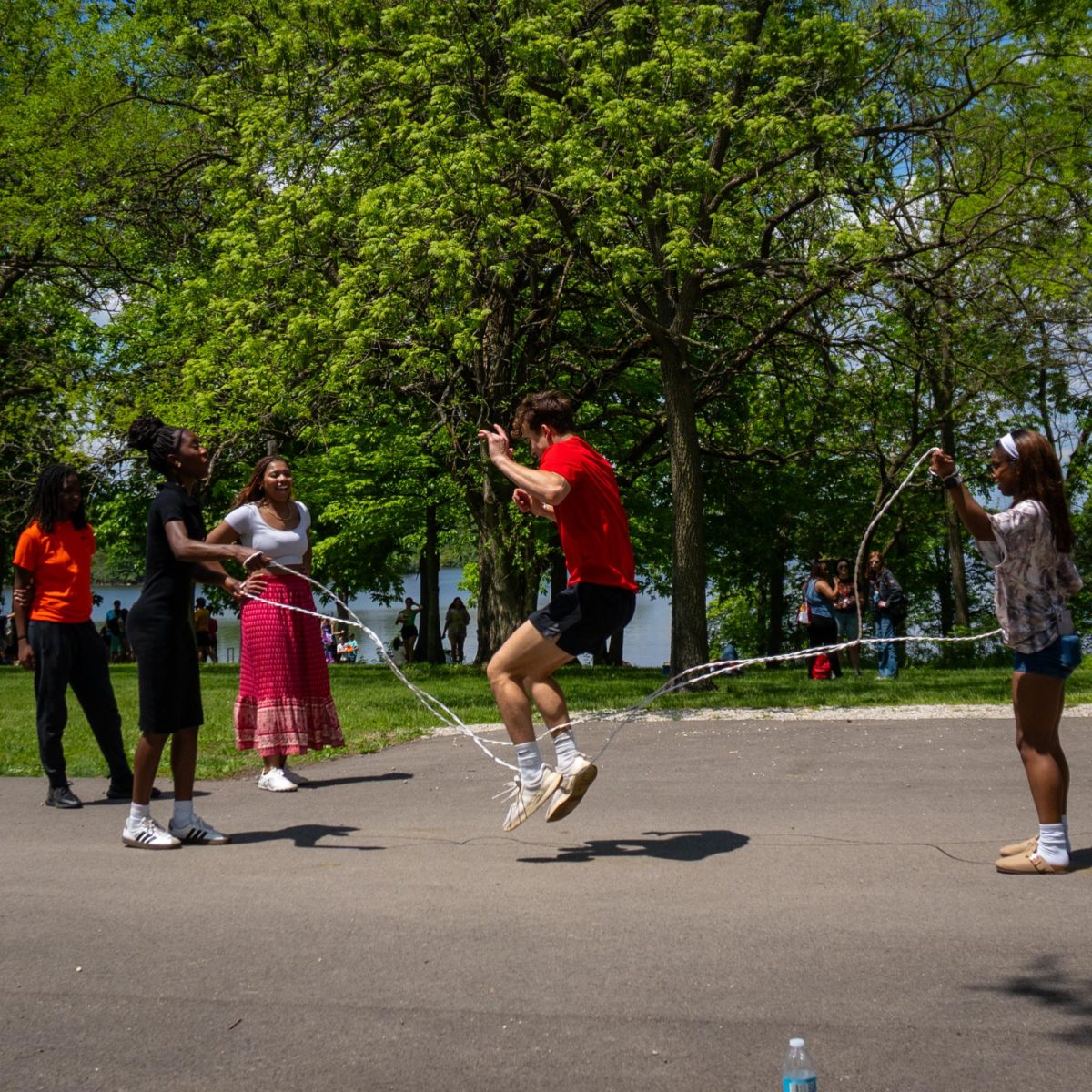

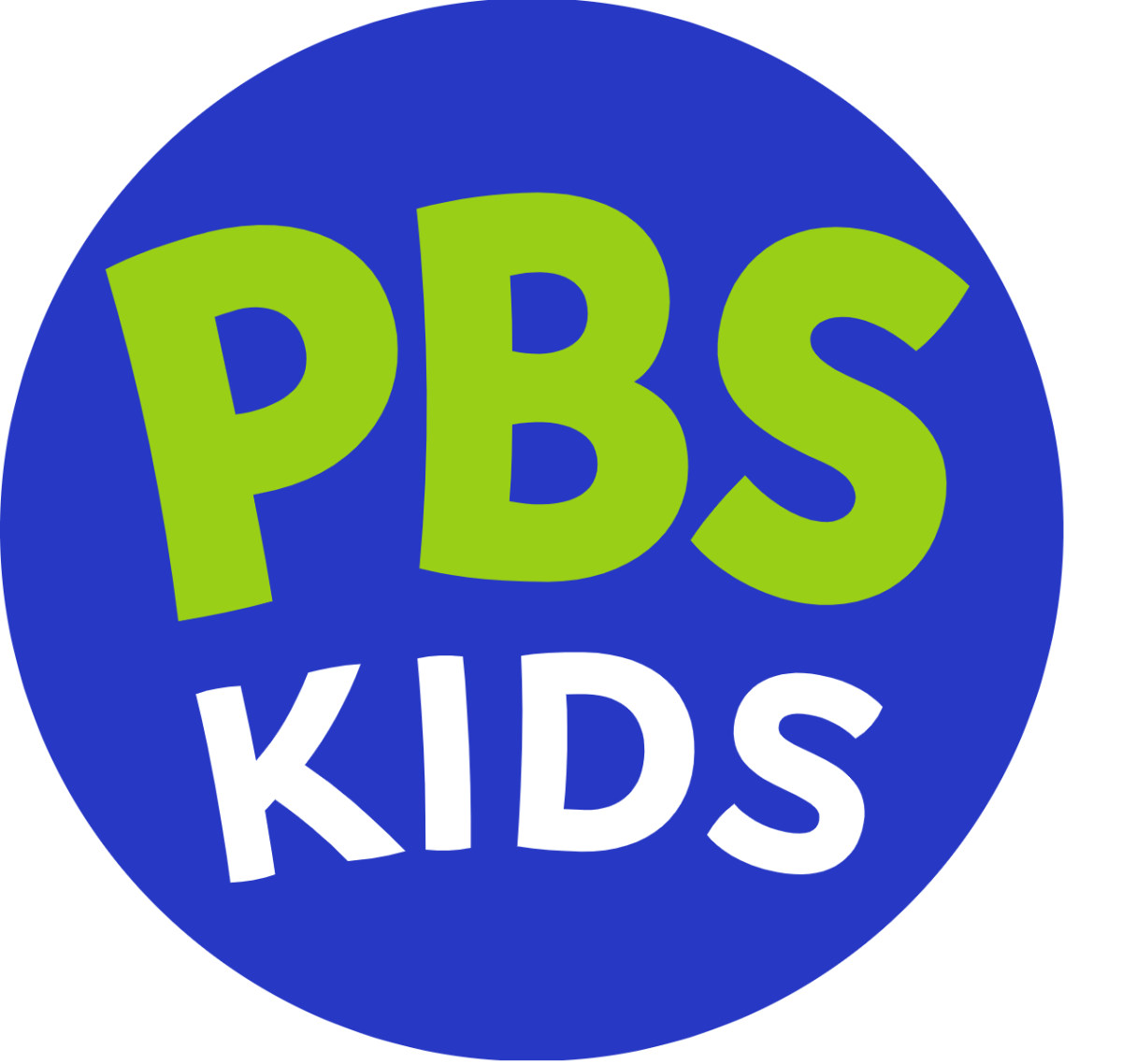

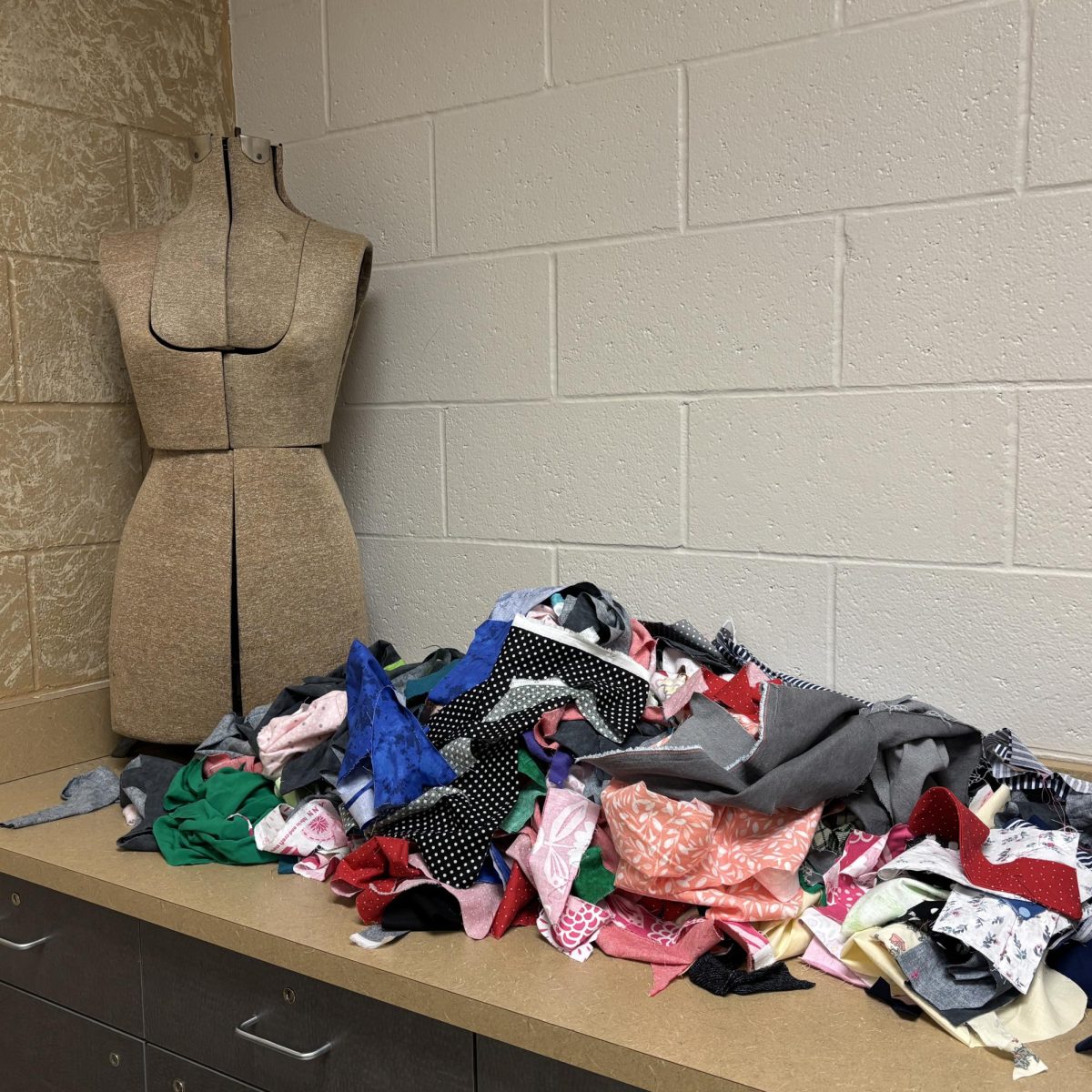
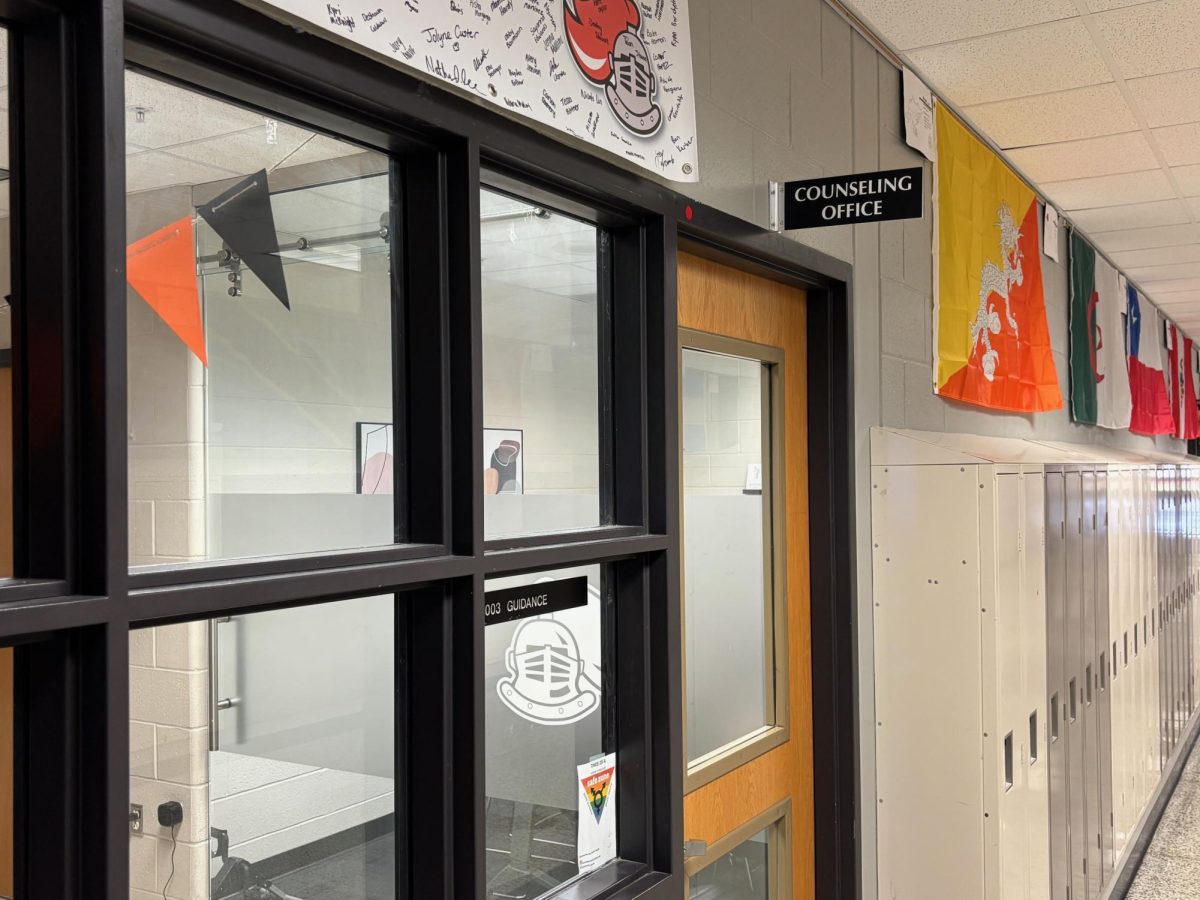
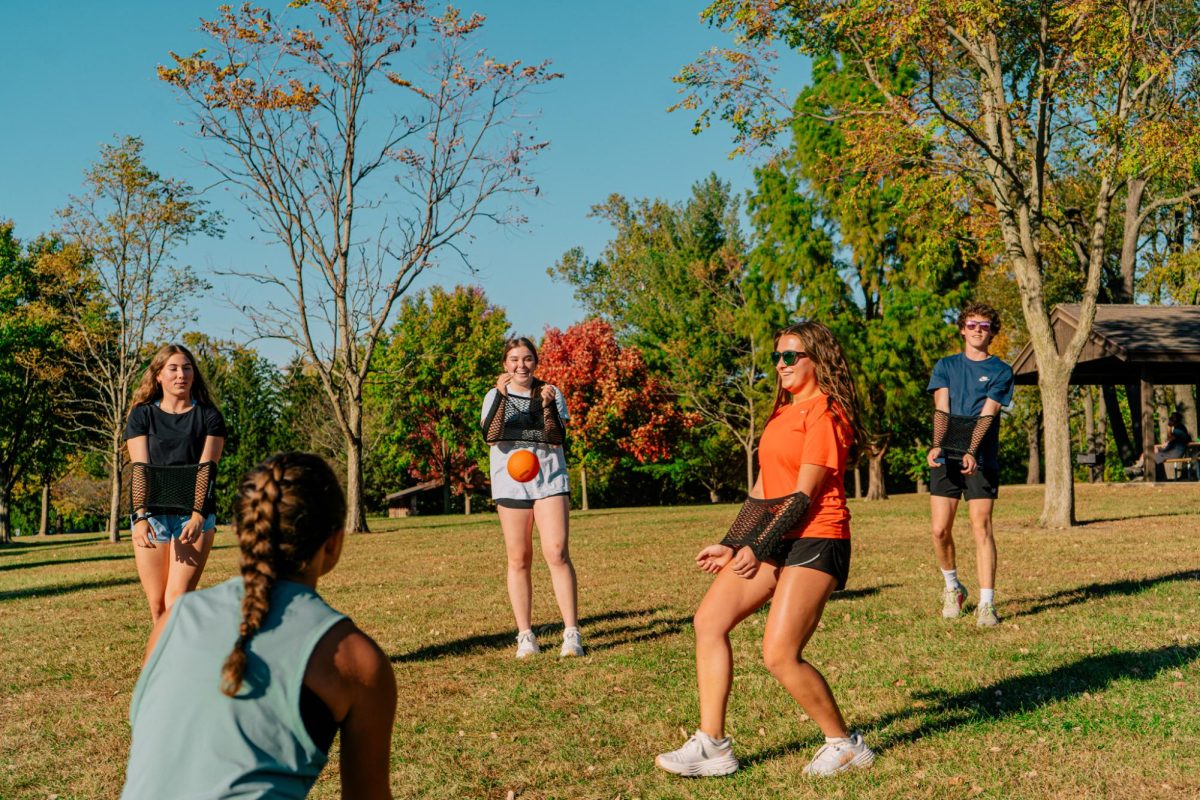
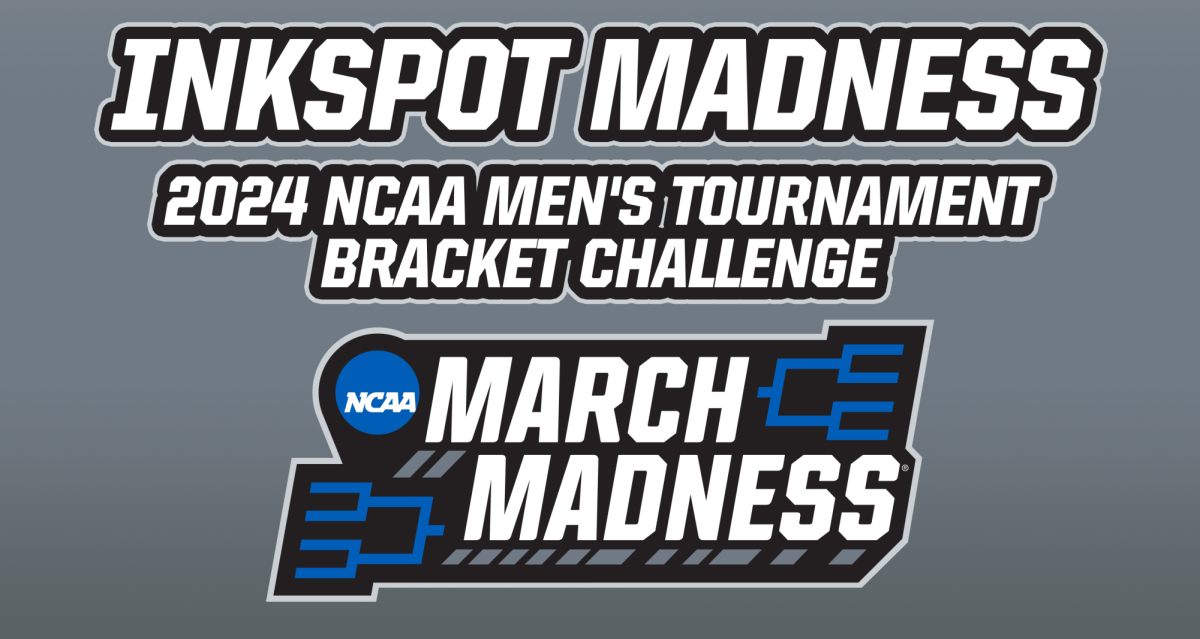
![Halloween candy cross section quiz [quiz]](https://nchsinkspot.com/wp-content/uploads/2022/10/Candy-cover-big-900x675.png)
![Average Jonah? [quiz]](https://nchsinkspot.com/wp-content/uploads/2022/05/average-jonah-900x600.png)

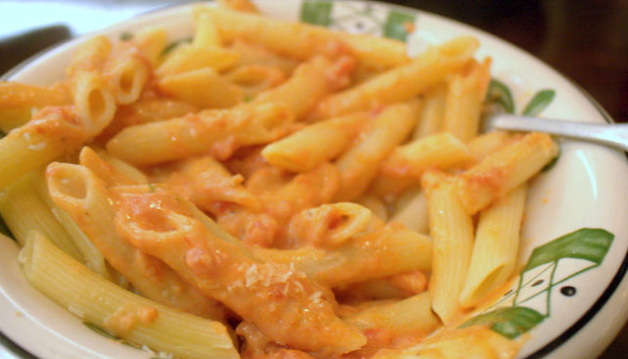
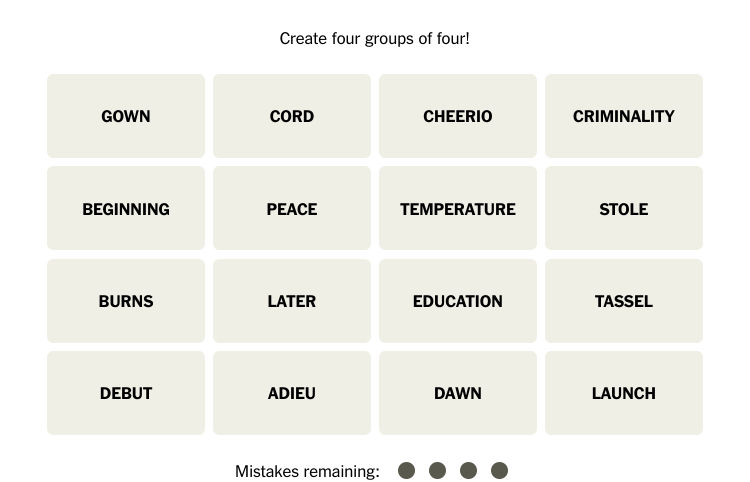
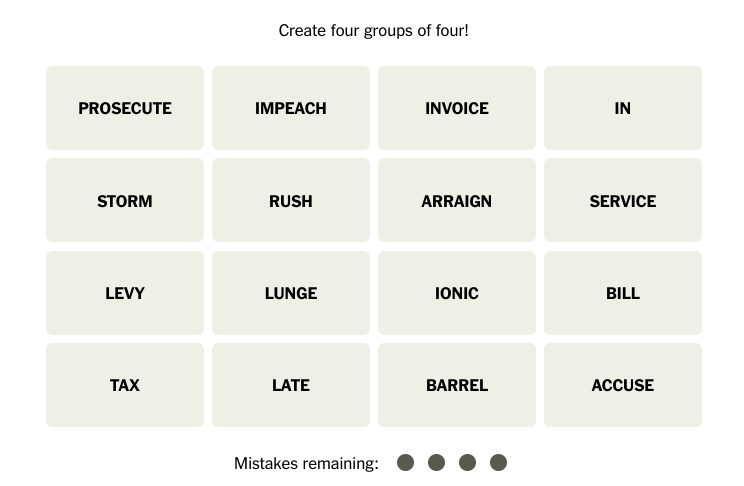
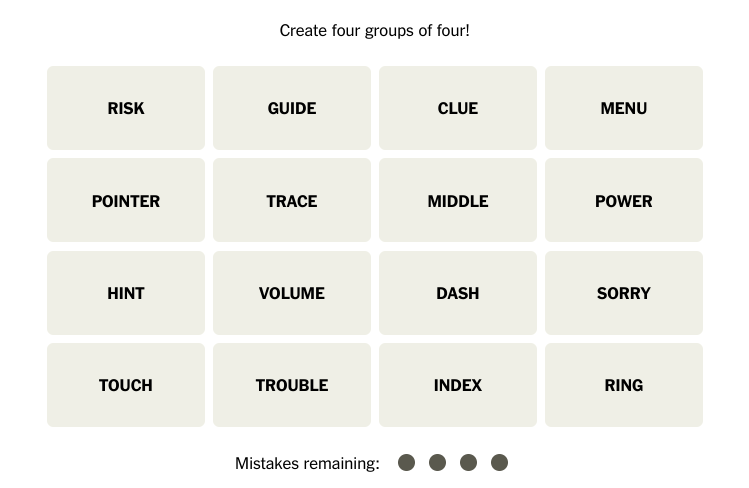
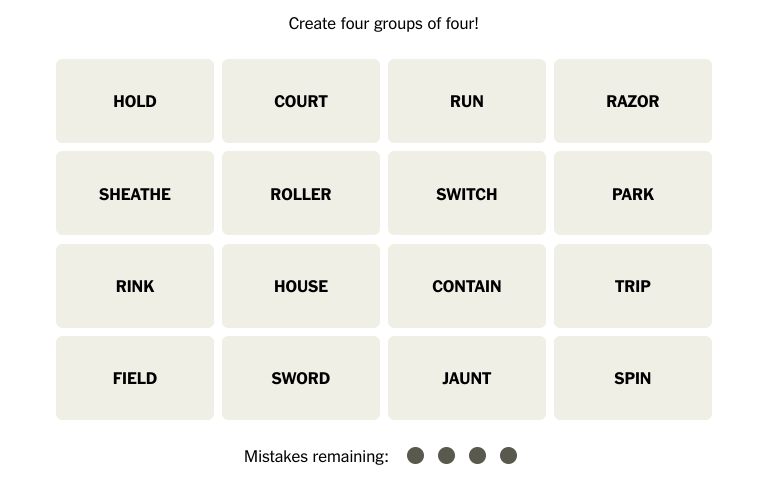
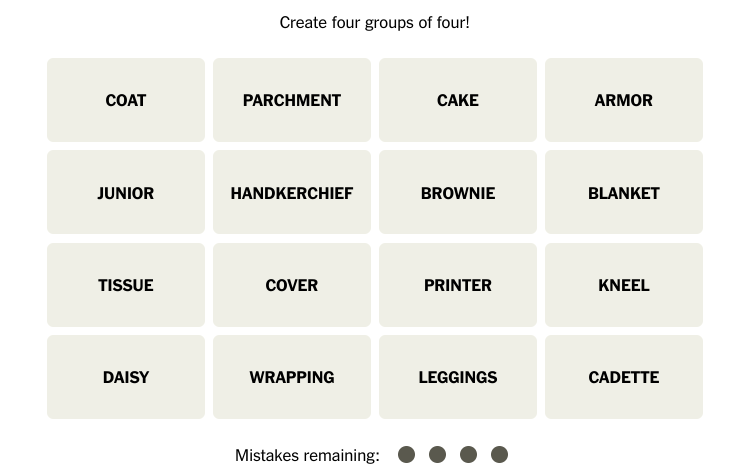

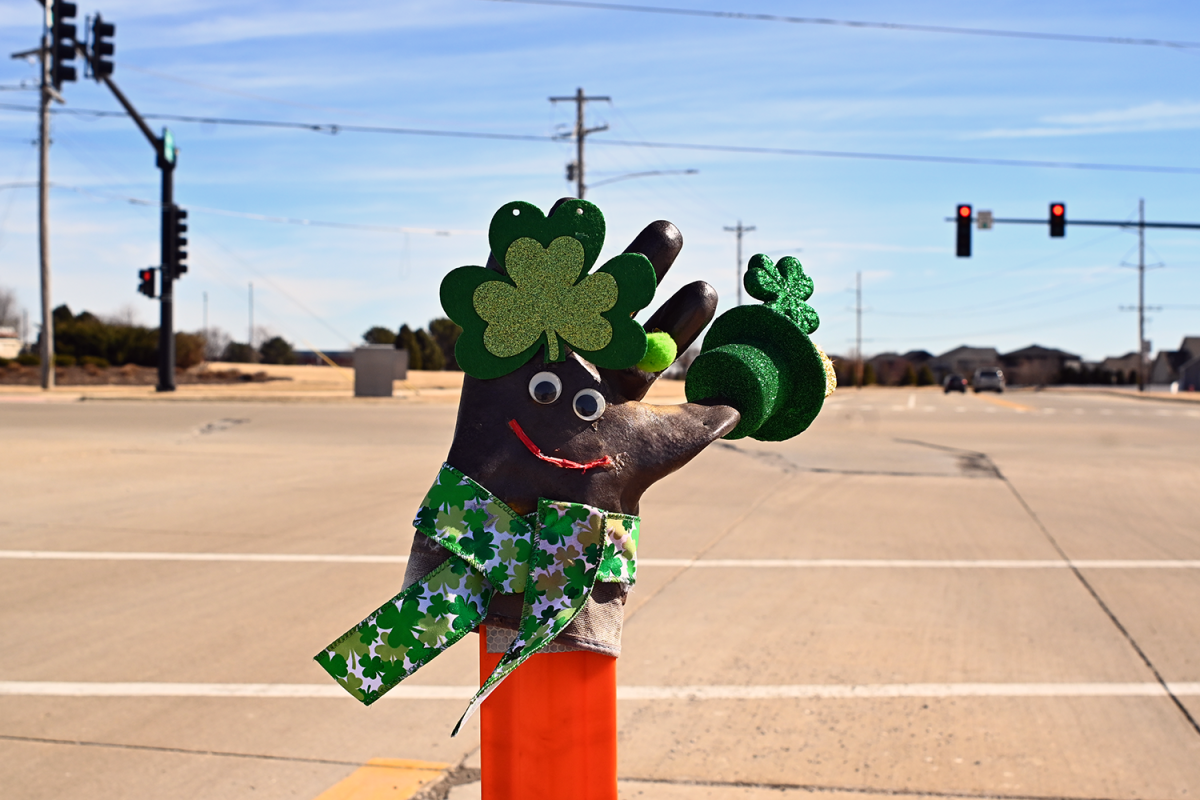
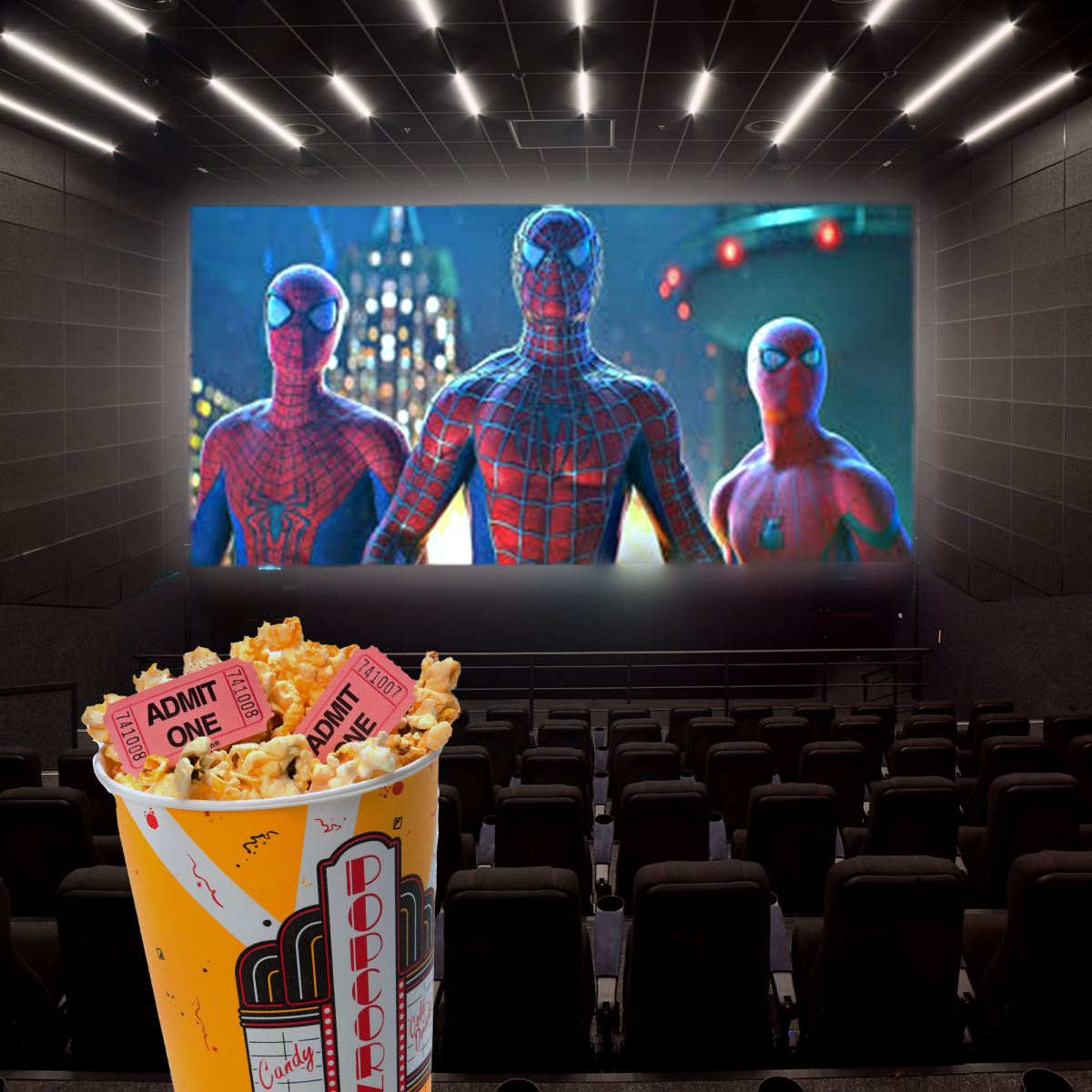
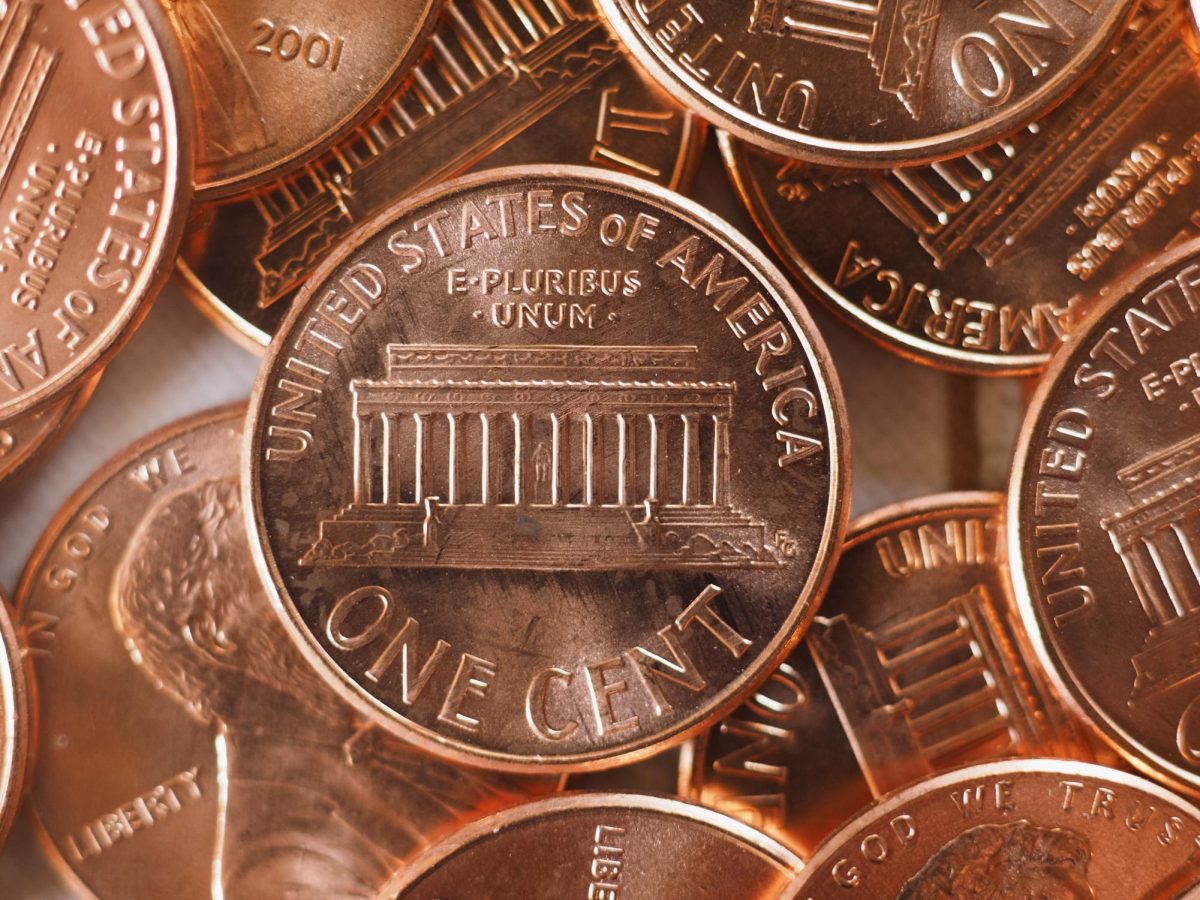
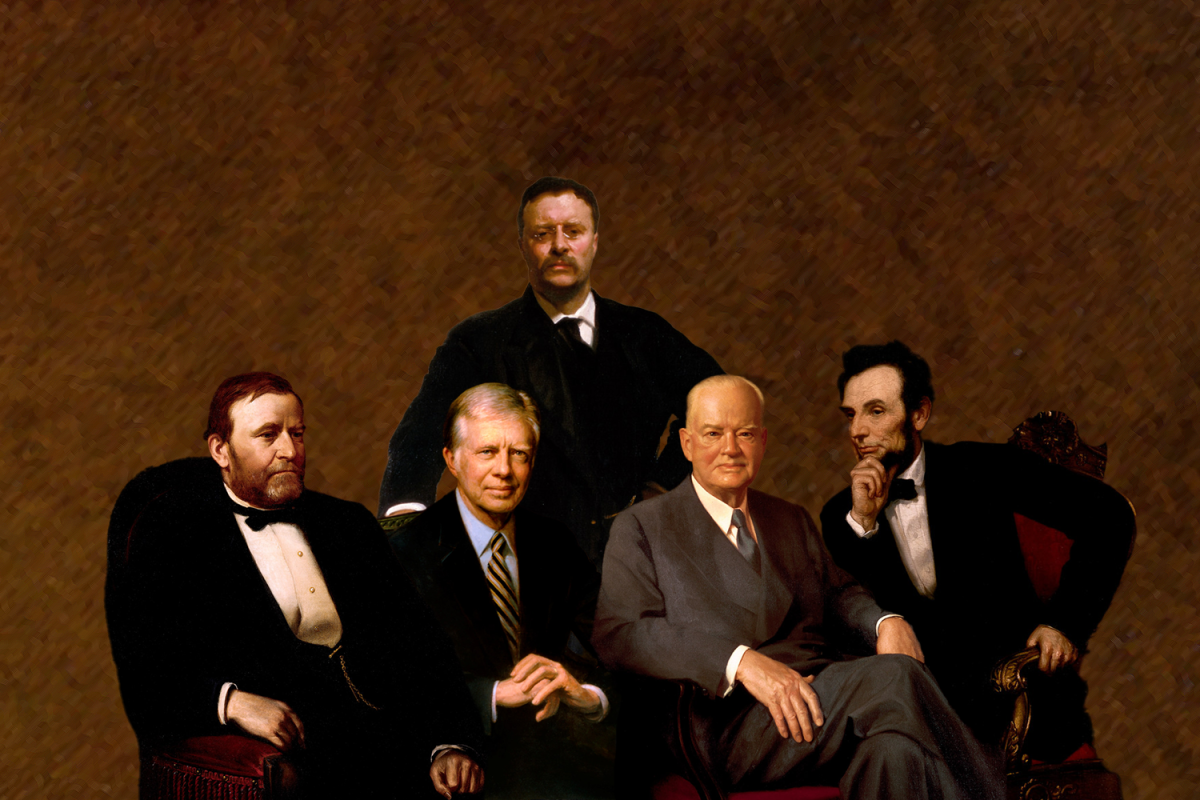
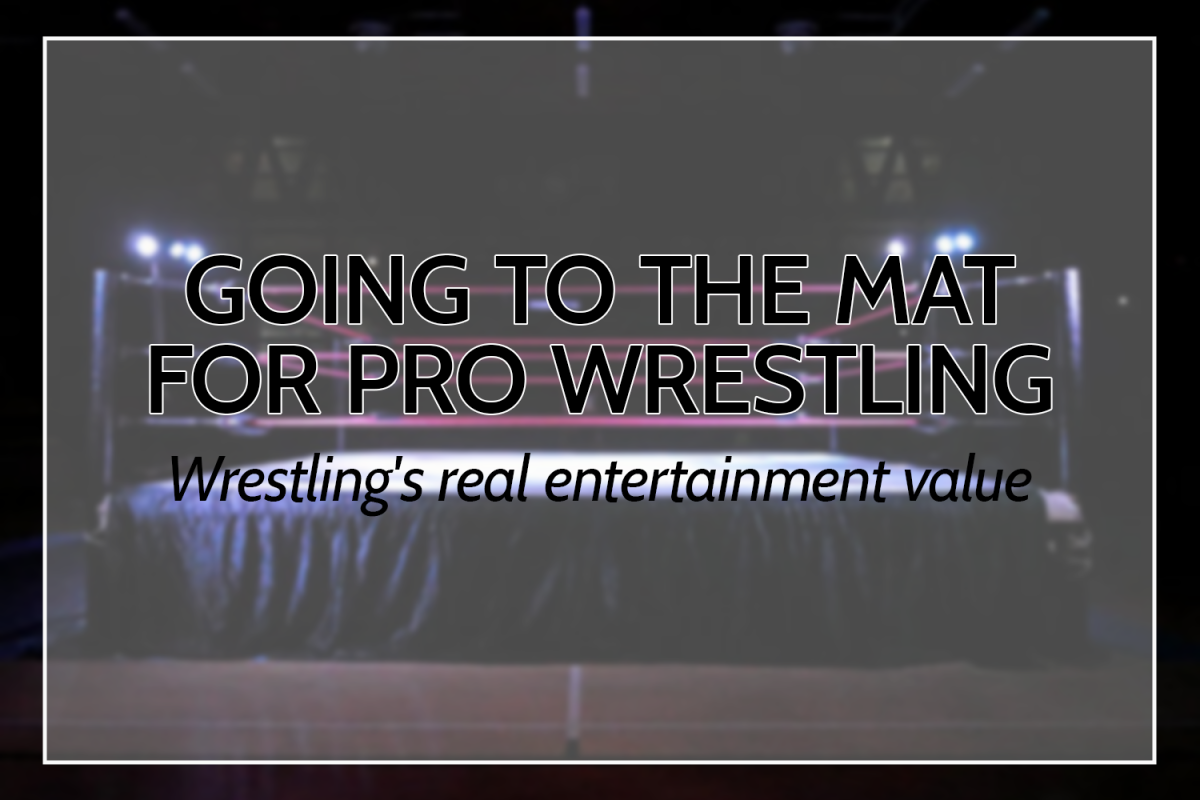
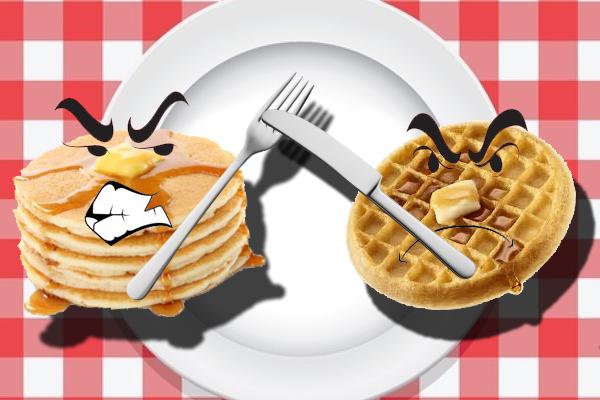
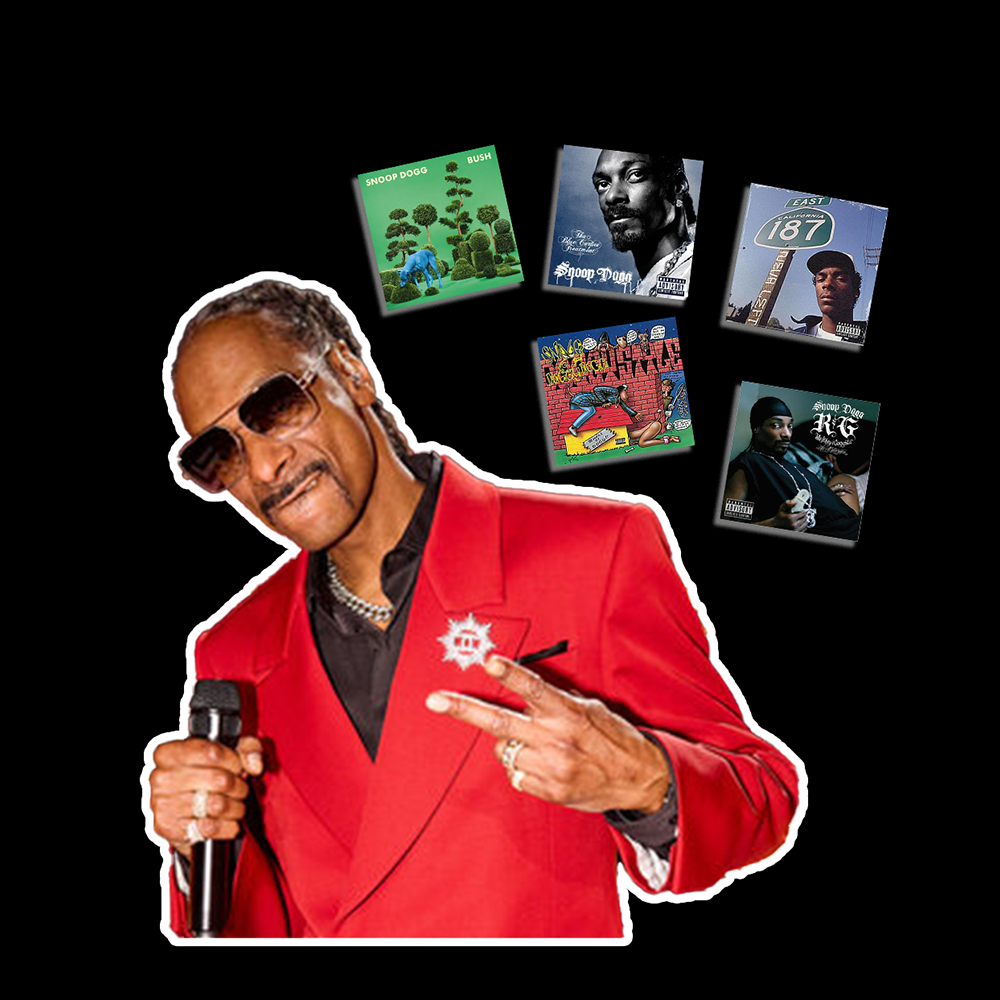
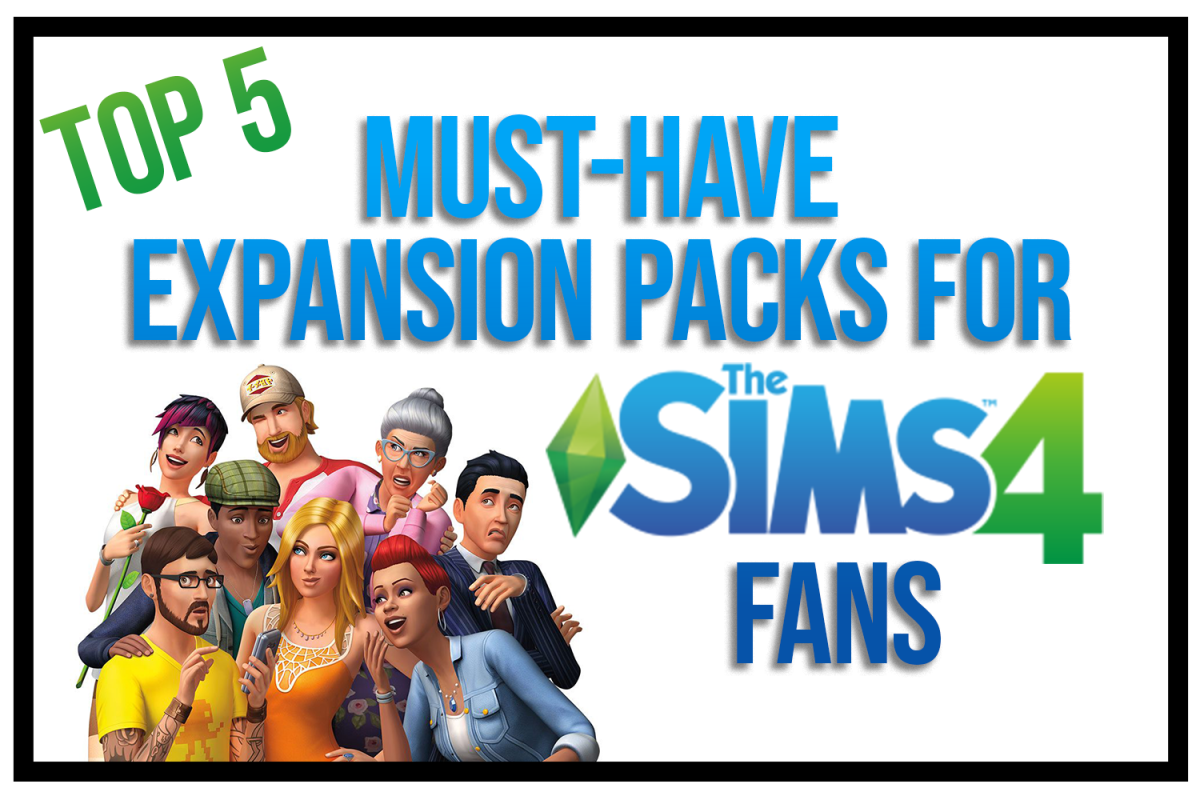
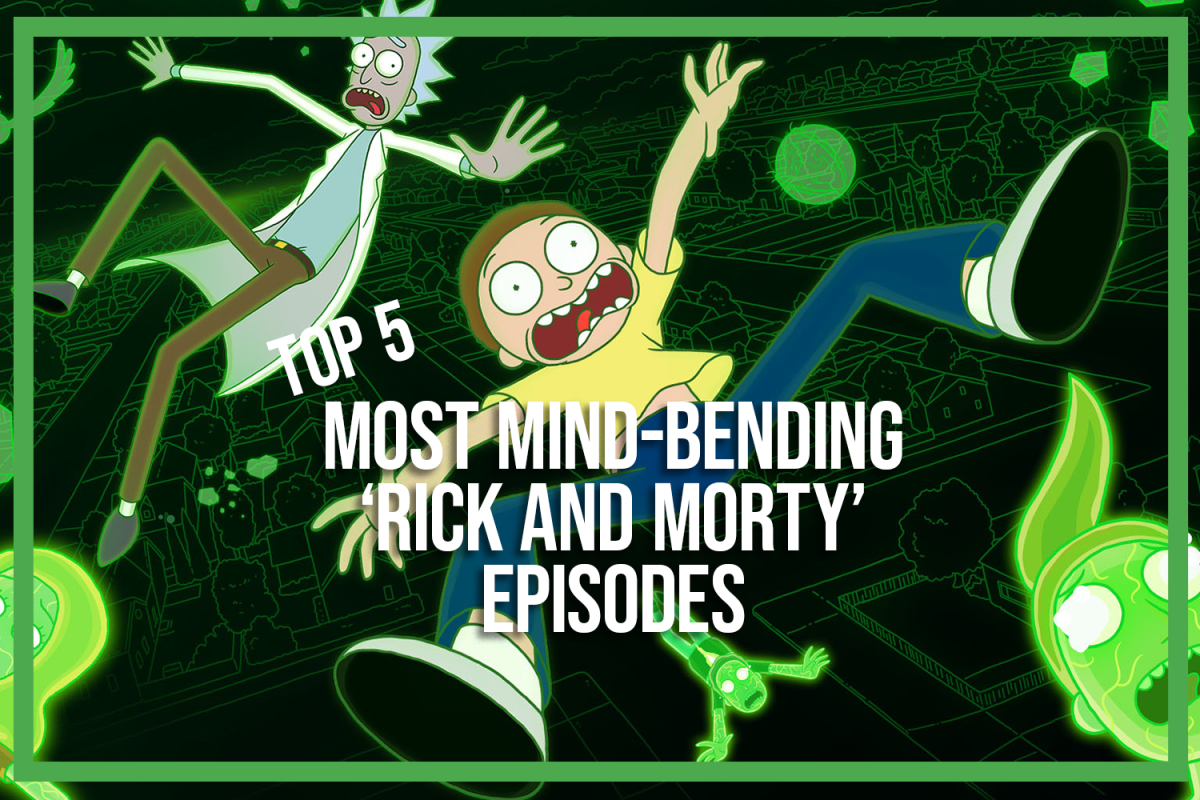
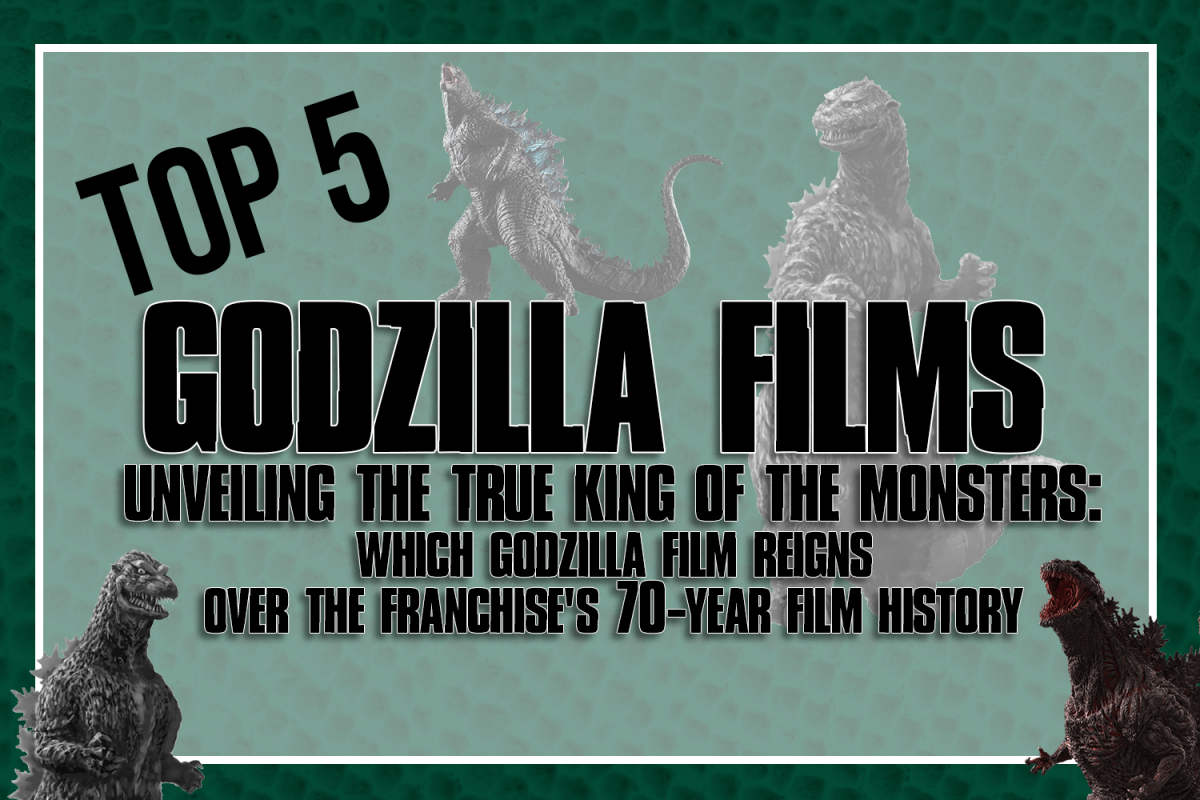
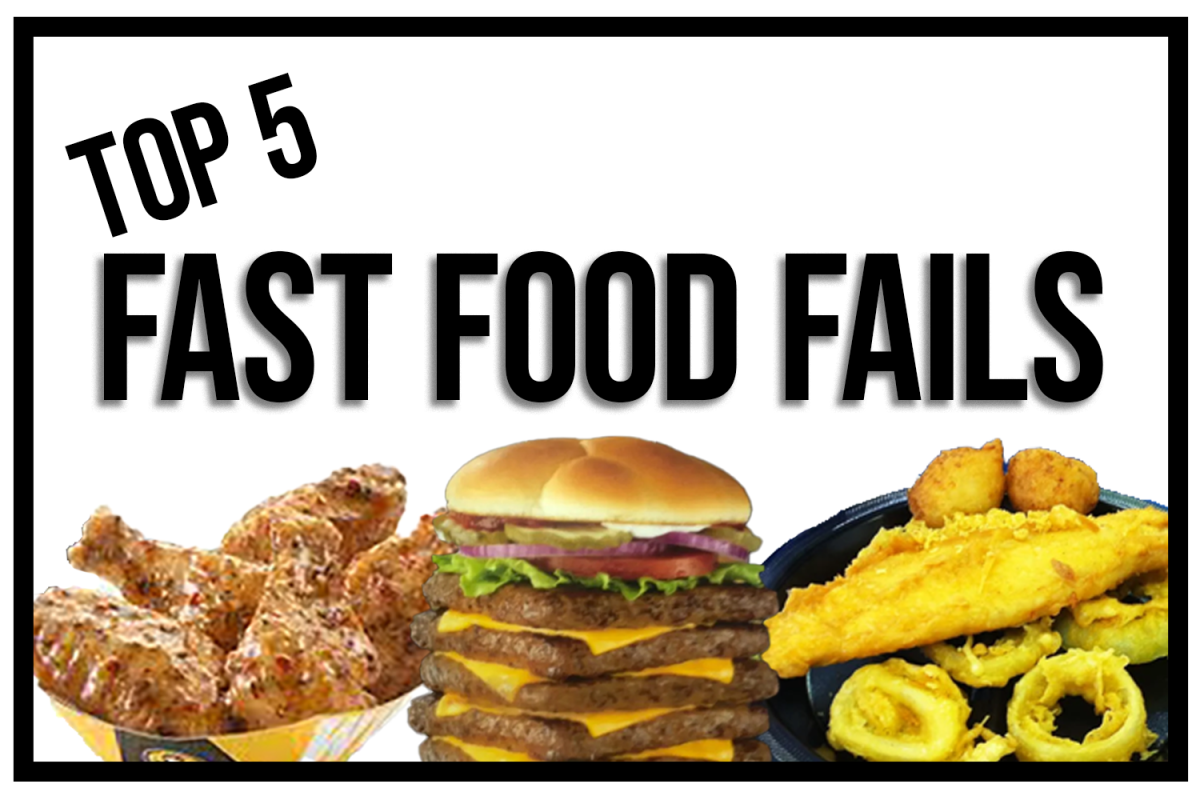


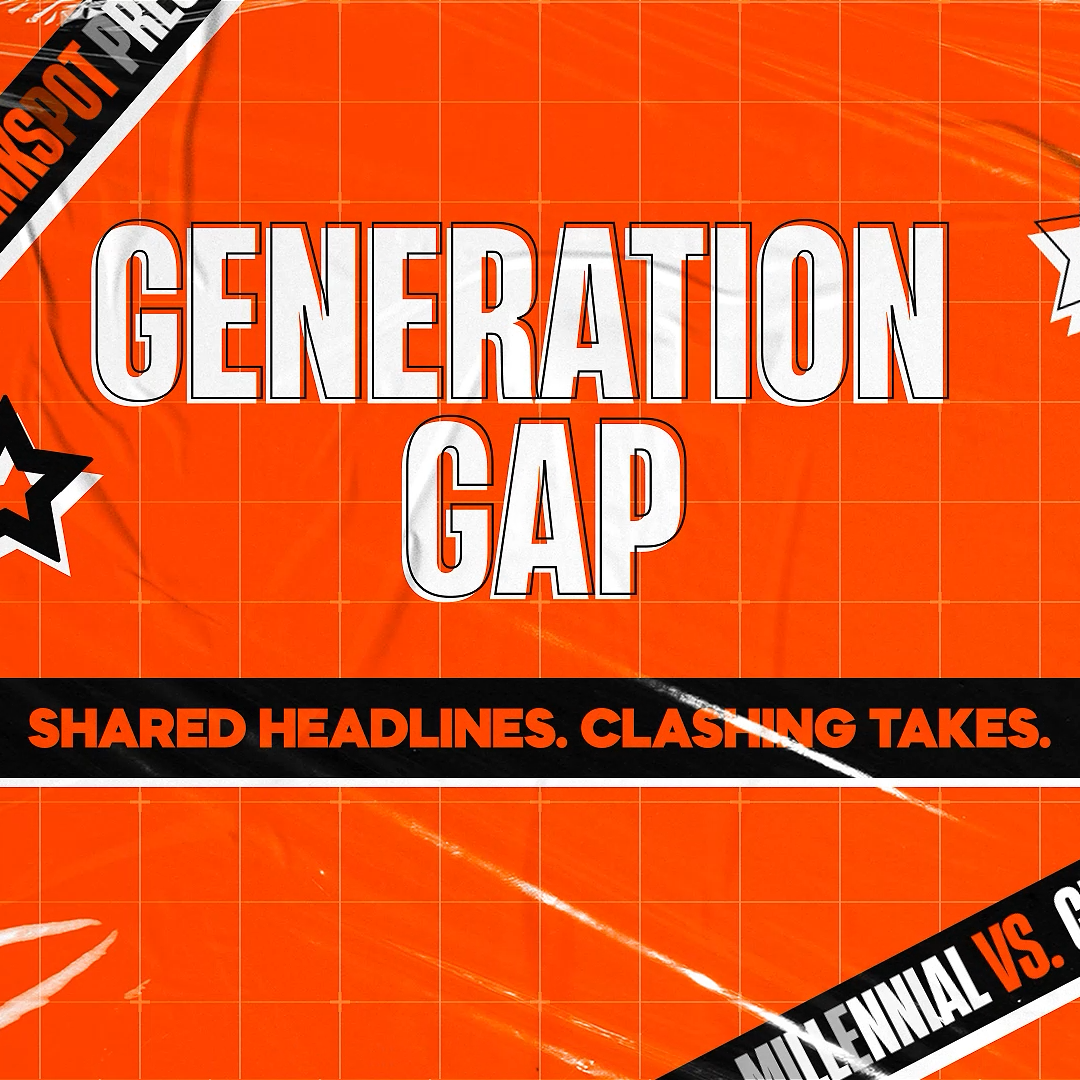
![Cell phone ban in schools? Community responds to proposed legislation [video]](https://nchsinkspot.com/wp-content/uploads/2025/04/Sequence.00_01_09_19.Still001-1200x675.png)
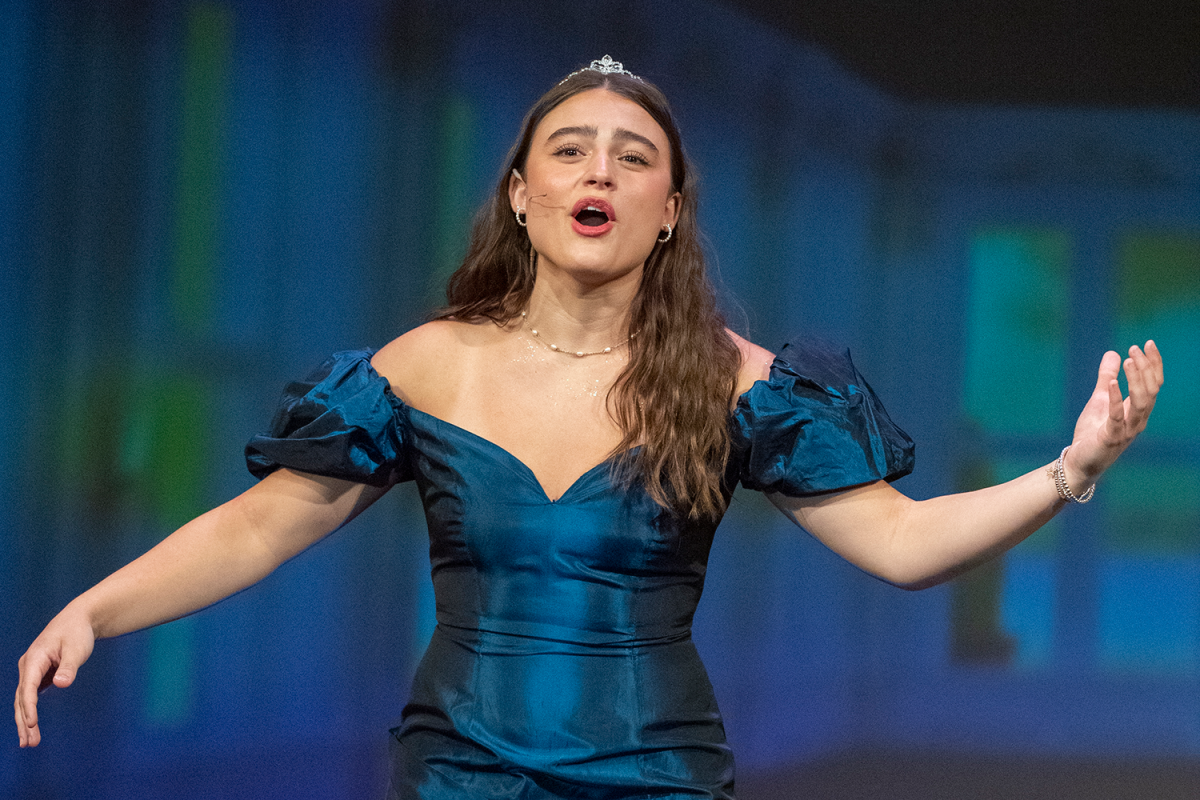

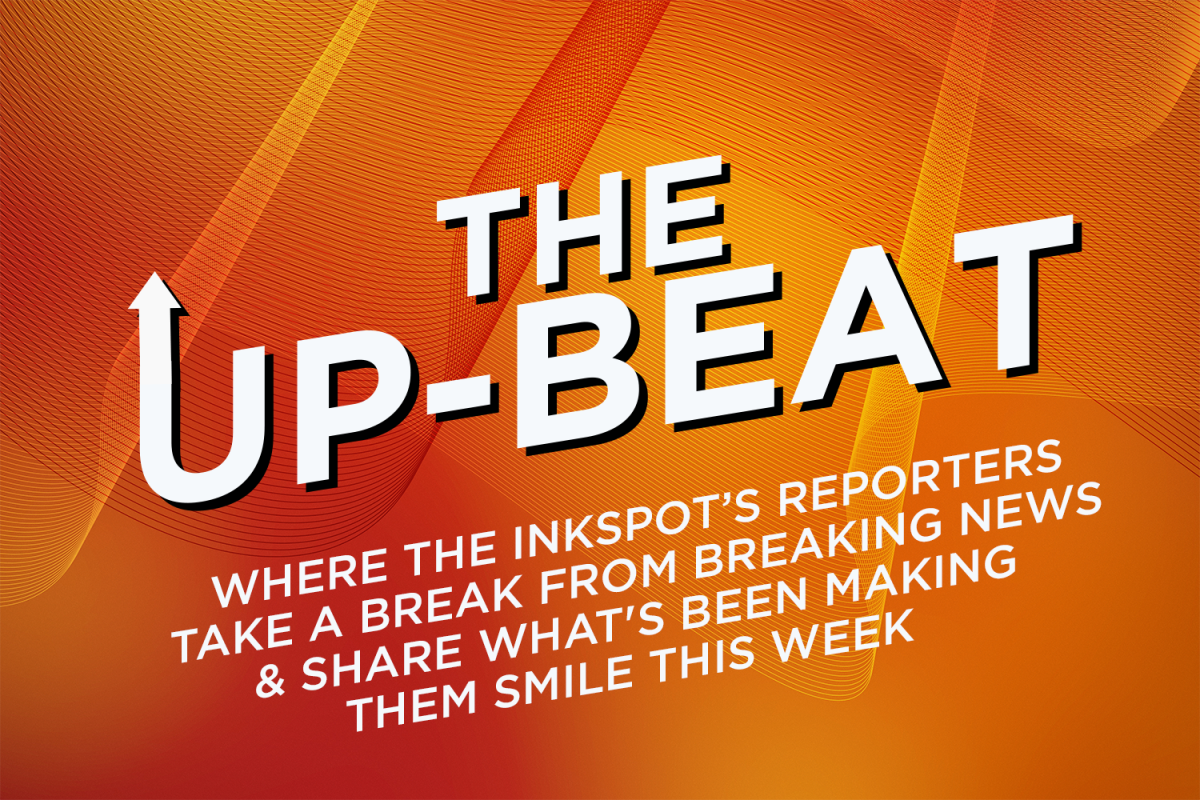
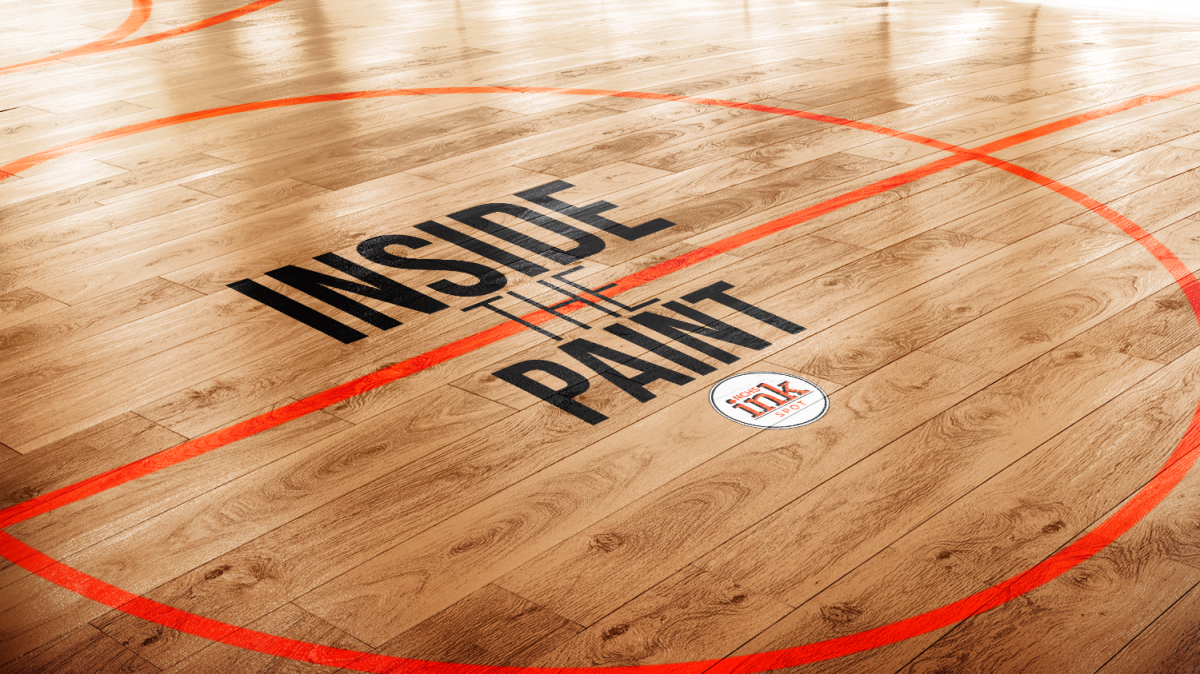
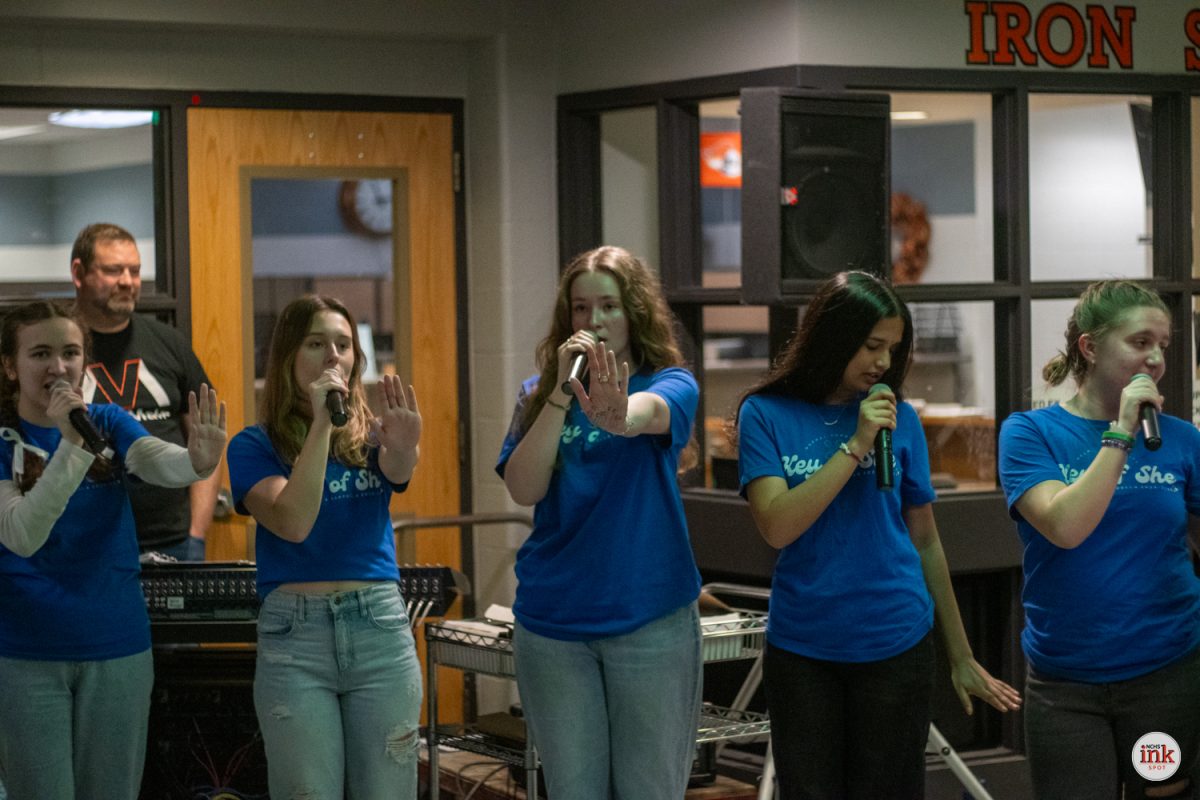
![Ironmen spring sports update: April 9 [video]](https://nchsinkspot.com/wp-content/uploads/2025/04/sports-recap-square-1200x1200.png)
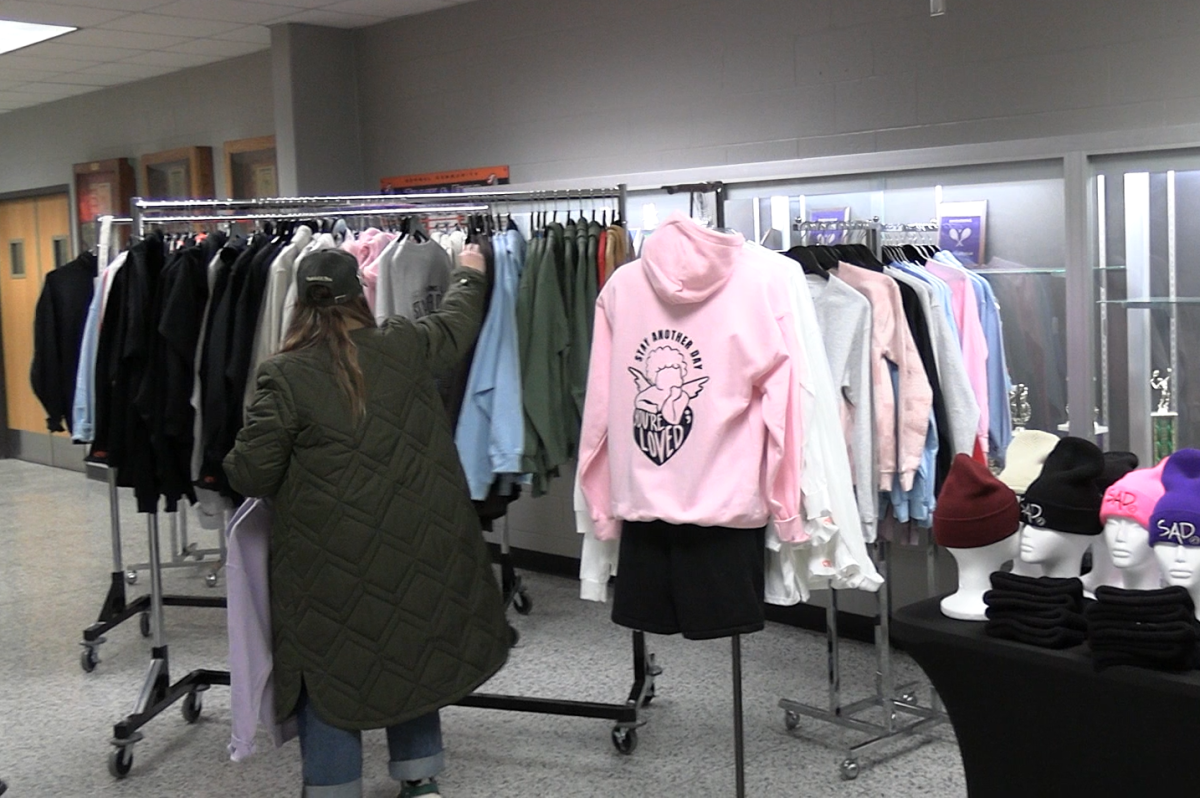
![Ironmen in the hunt: Coach Feeney talks Big 12 Title race ahead of PND matchup [video]](https://nchsinkspot.com/wp-content/uploads/2025/01/feeney-1200x675.png)
![On the Spot: This or That – Halloween [video]](https://nchsinkspot.com/wp-content/uploads/2024/10/tot-Halloween-YT-1200x675.png)
![On the Spot: This or That – Fall favorites [video]](https://nchsinkspot.com/wp-content/uploads/2024/10/ots-fall-web-1200x800.png)
![On the Spot – Teachers tested on 2023’s hottest words [video]](https://nchsinkspot.com/wp-content/uploads/2024/01/On-the-Spot-Teachers-tested-1200x675.png)
